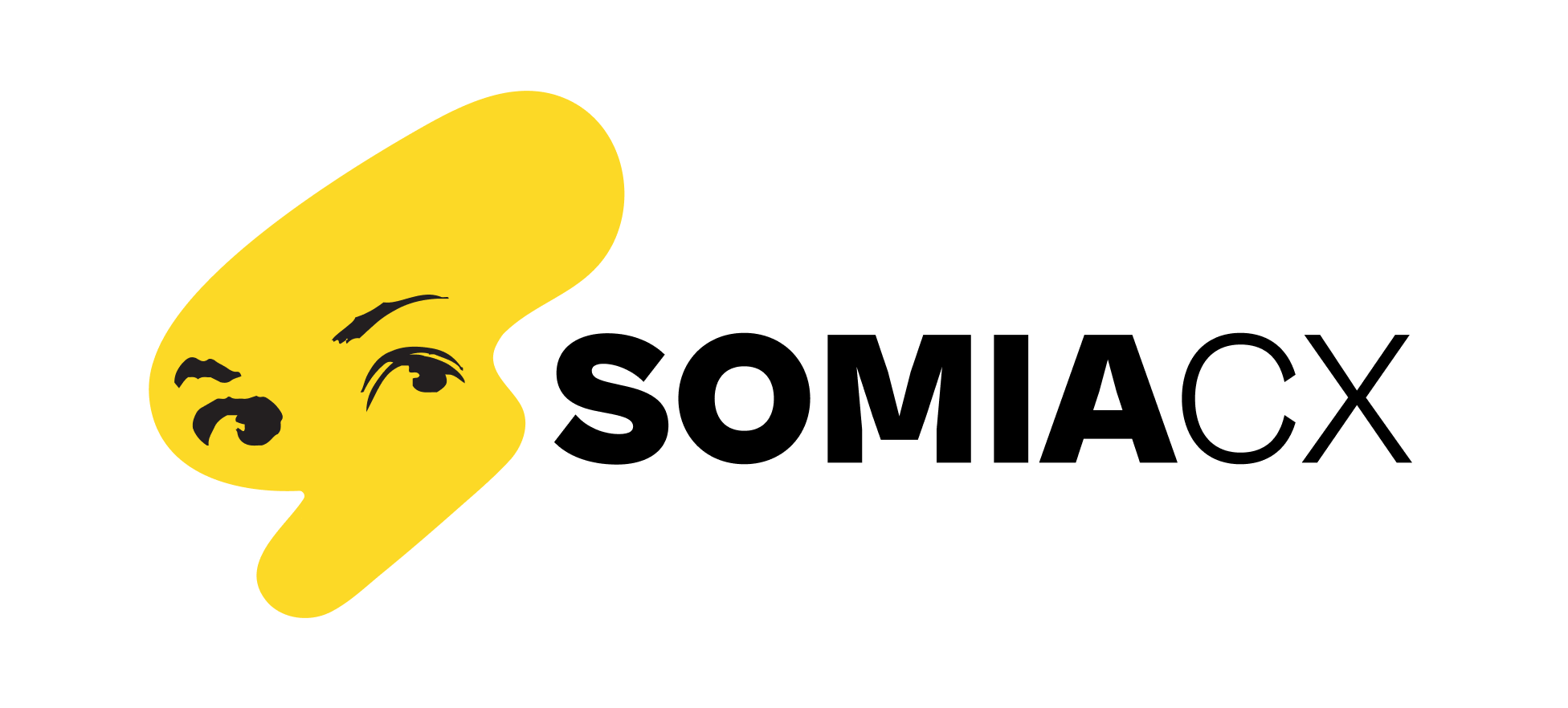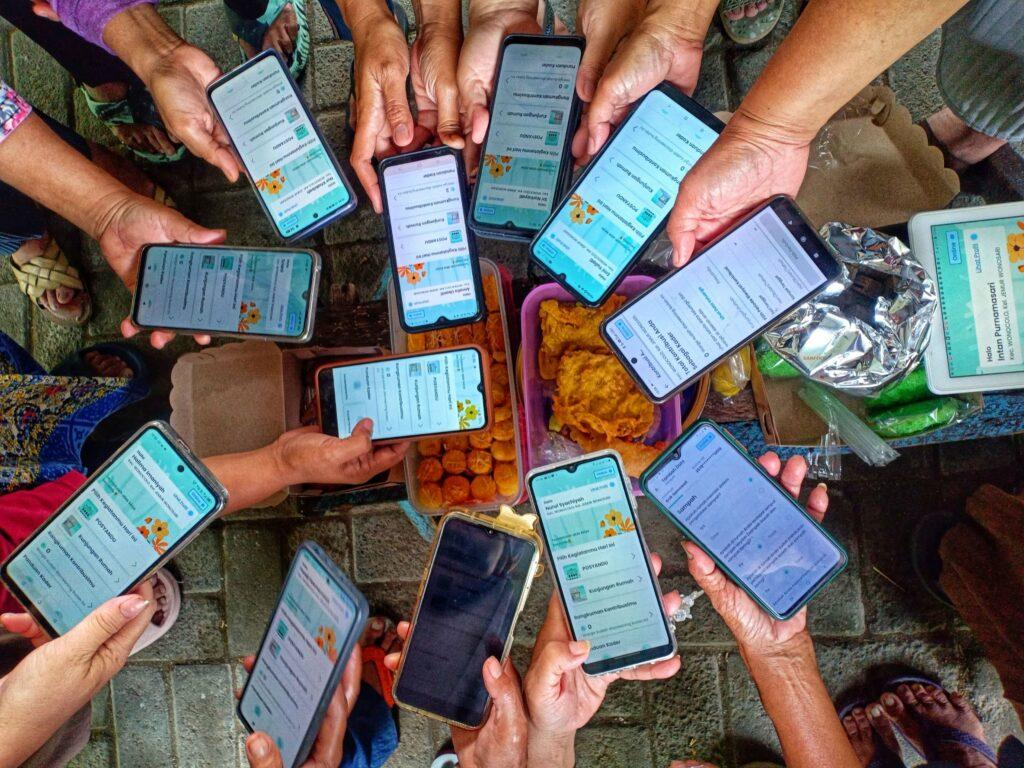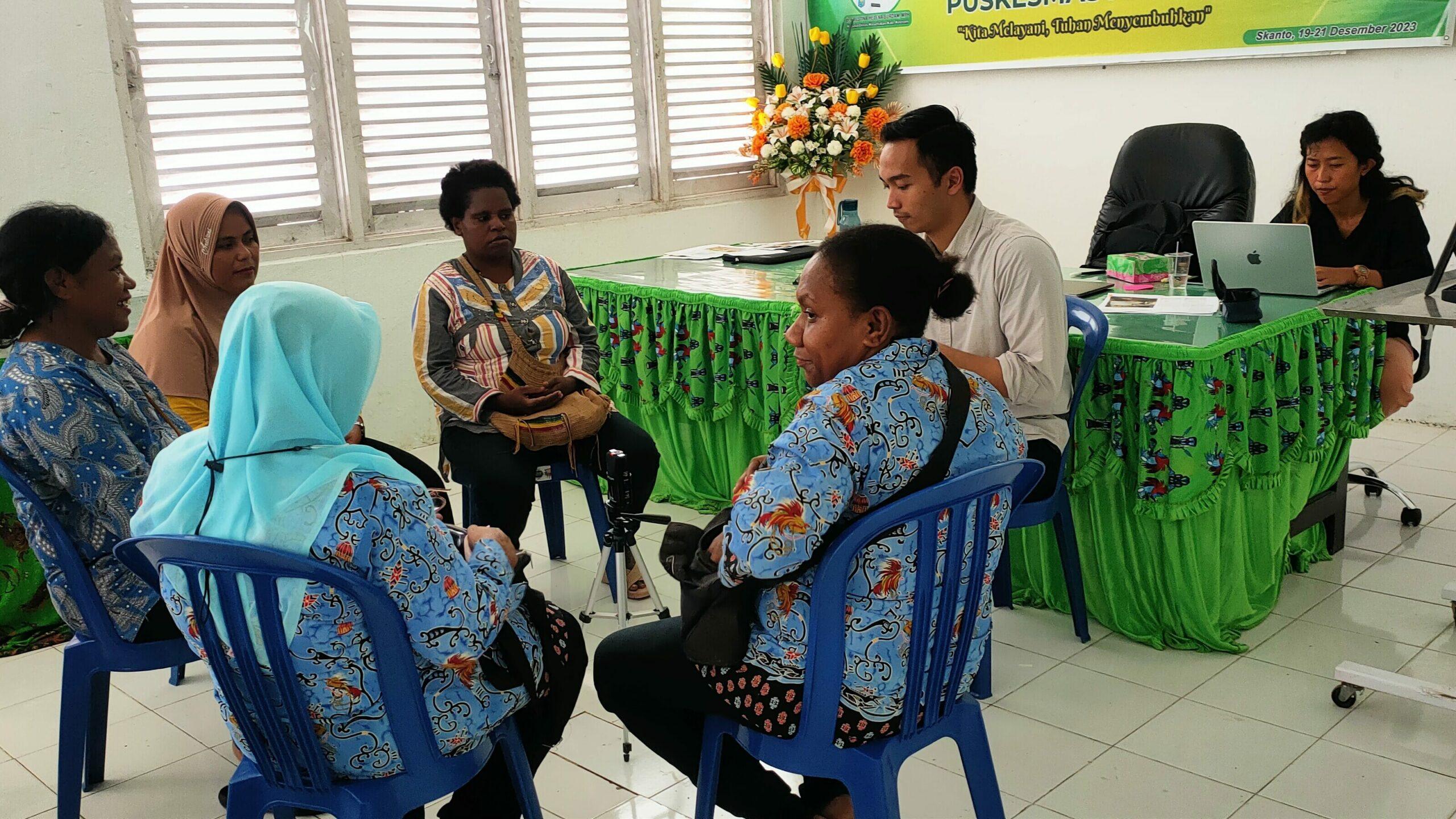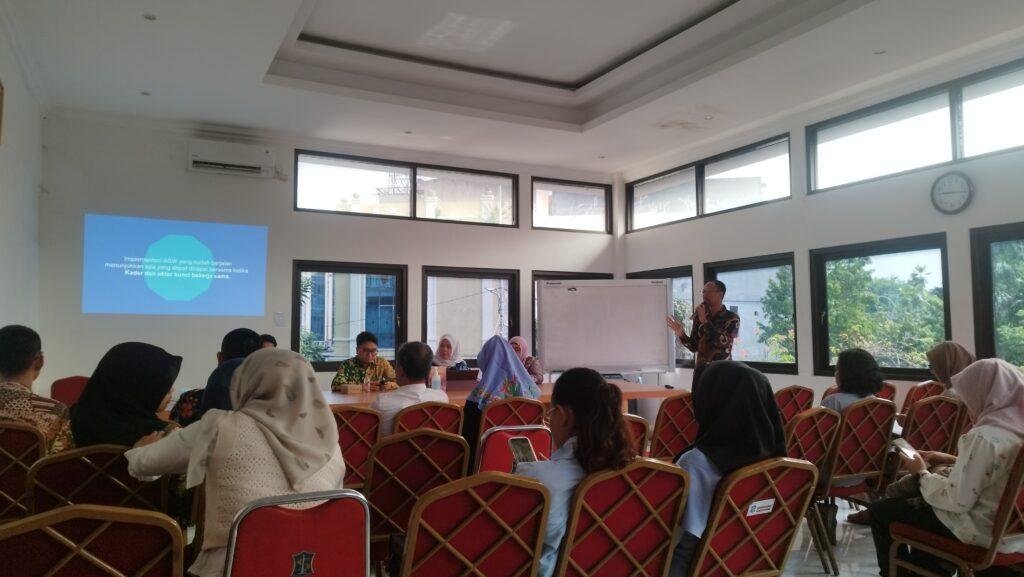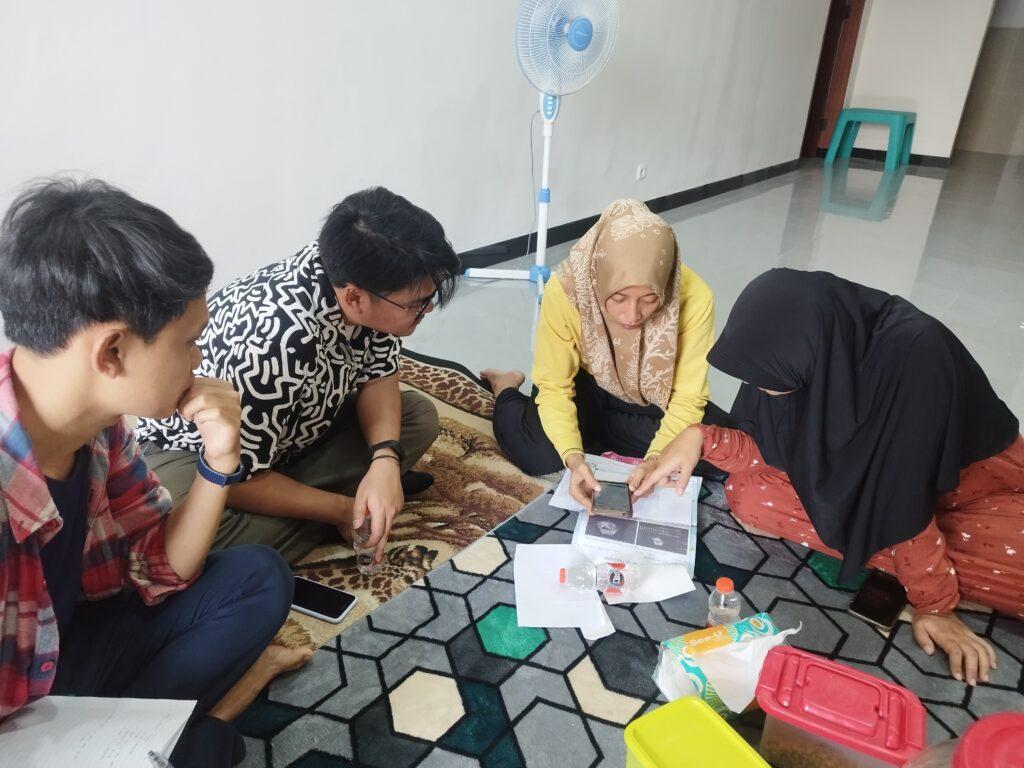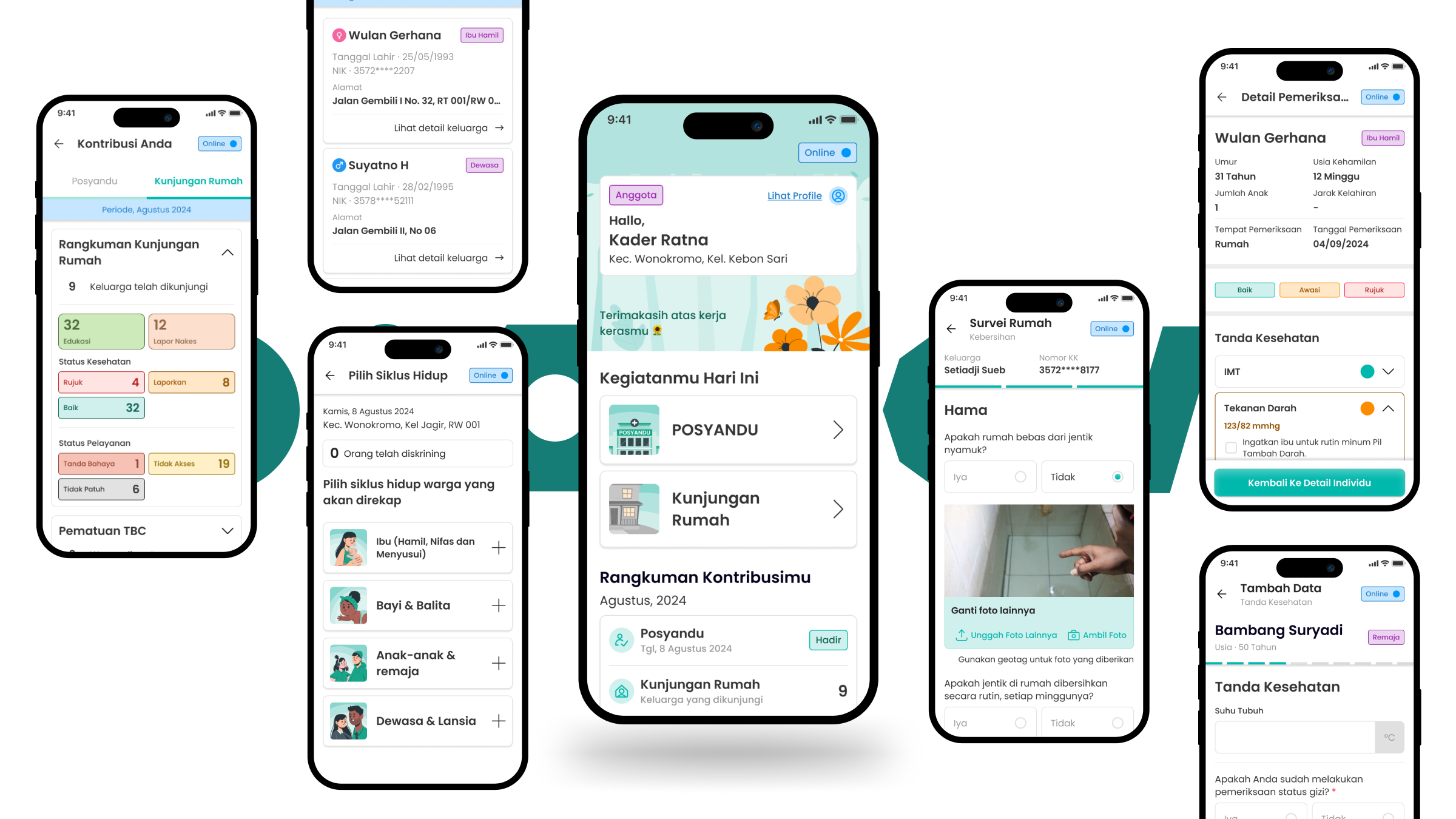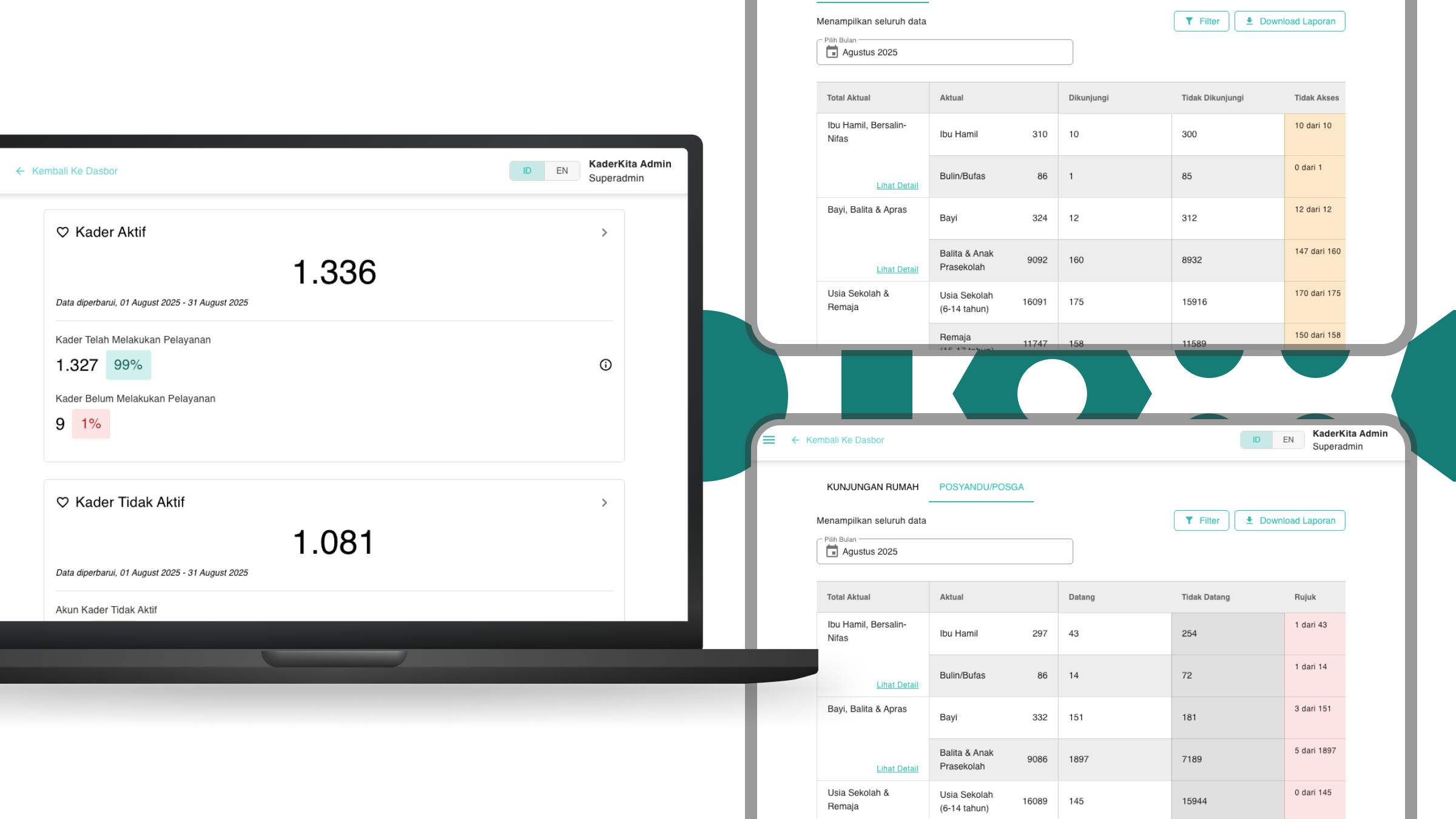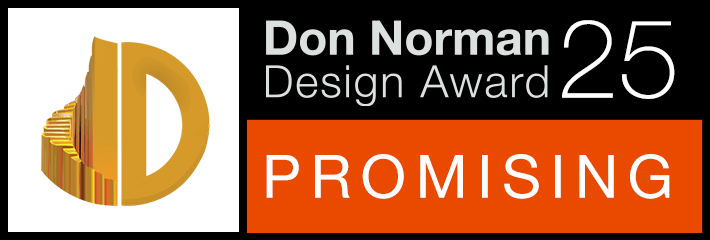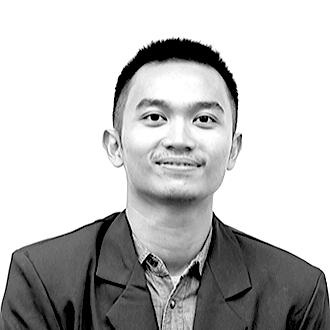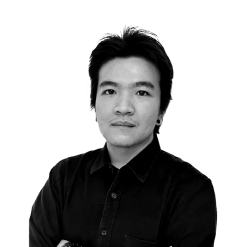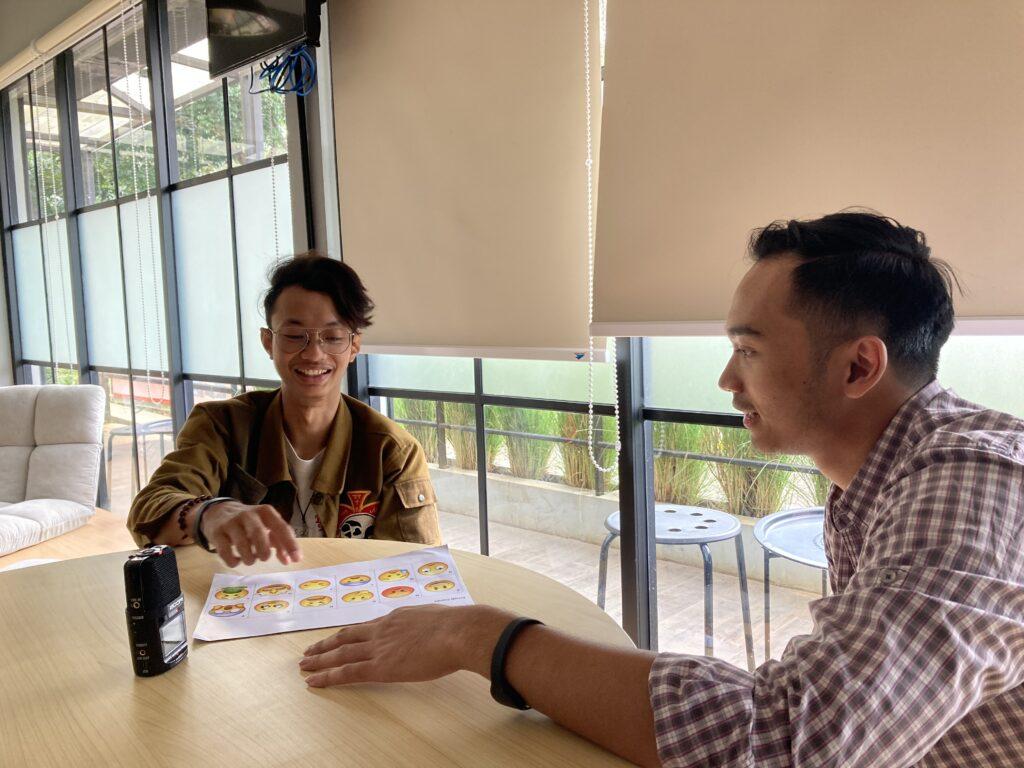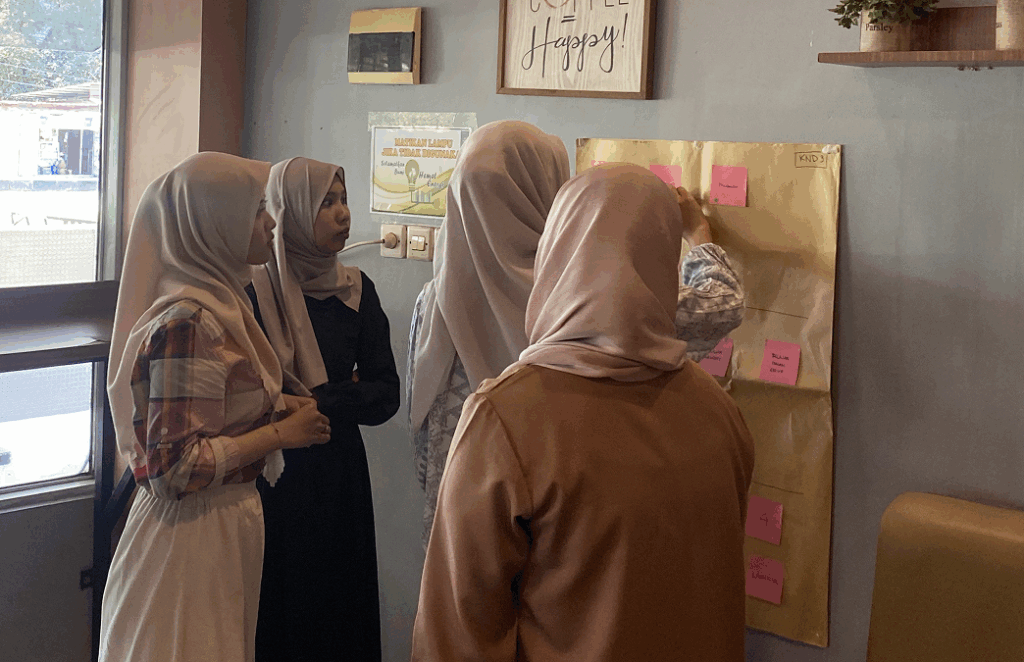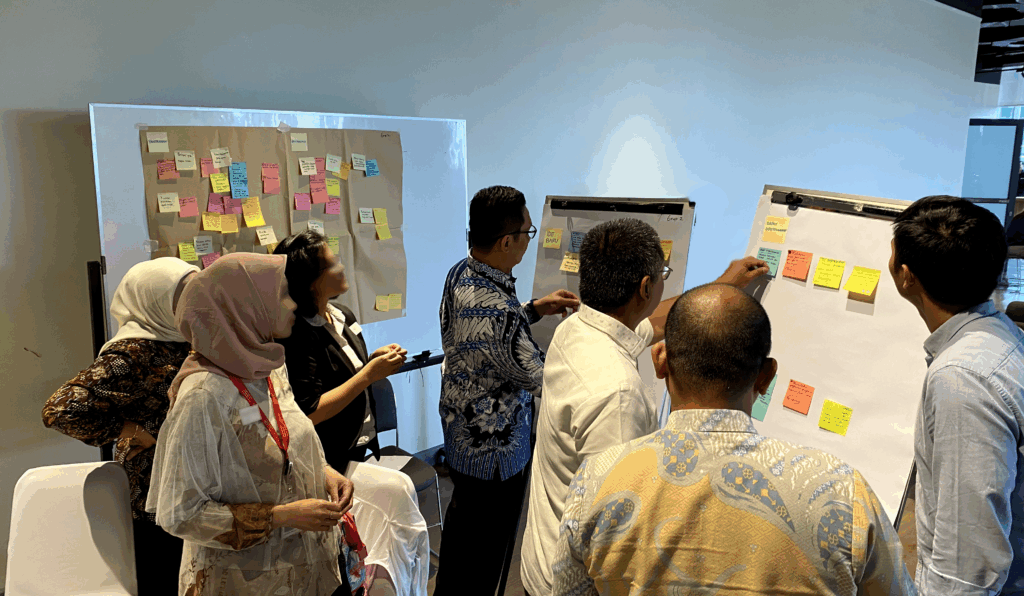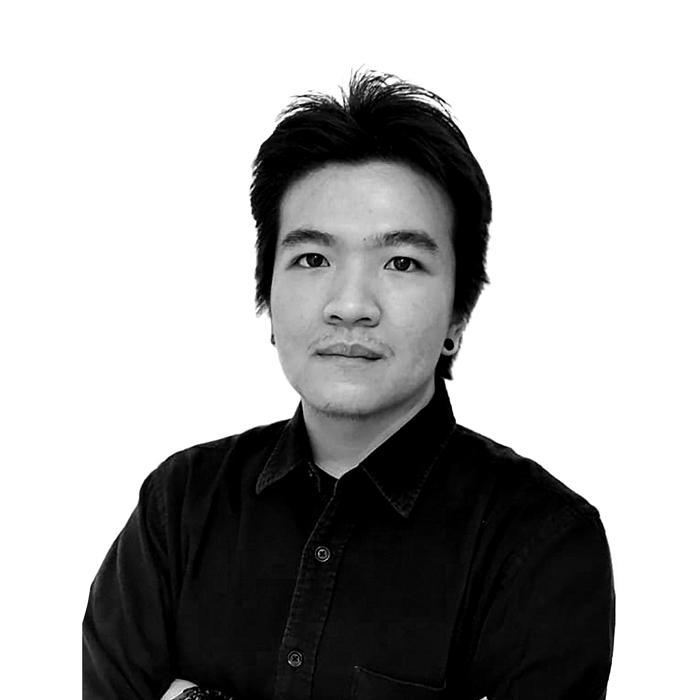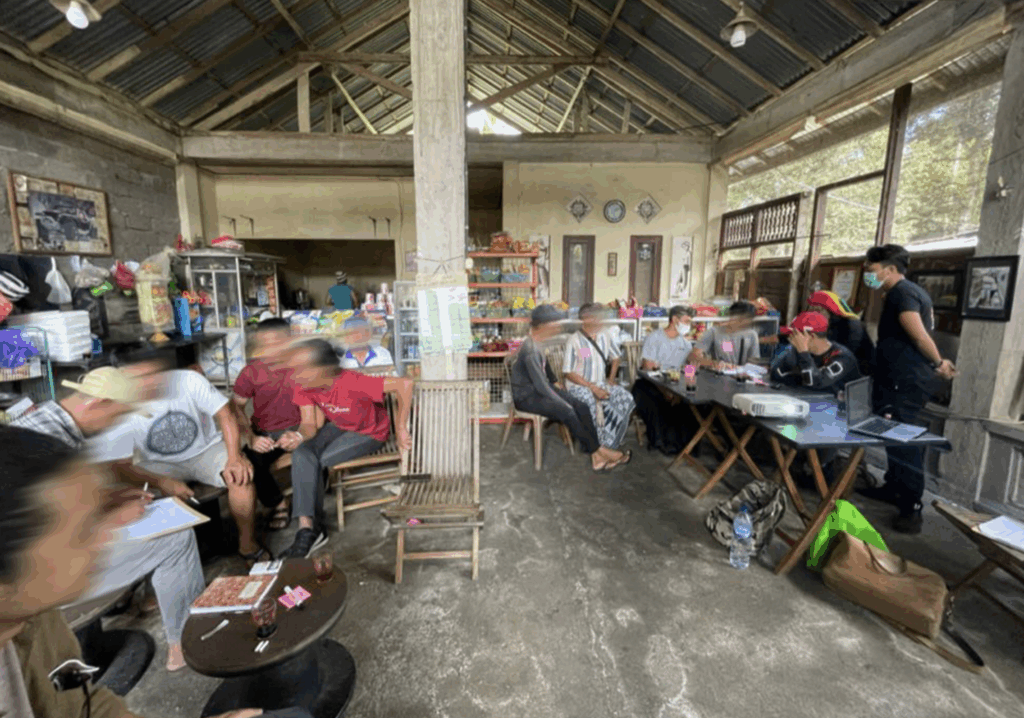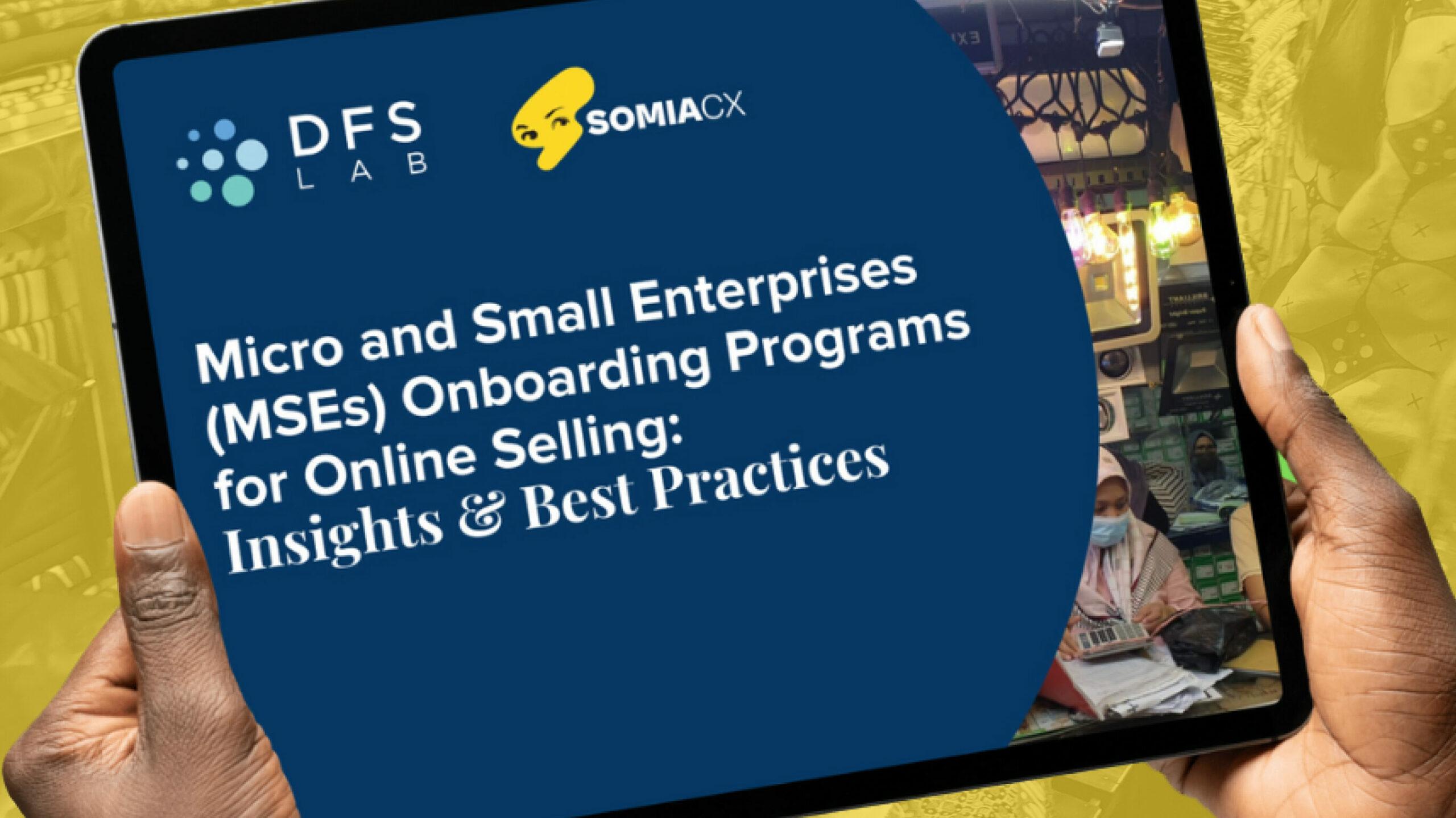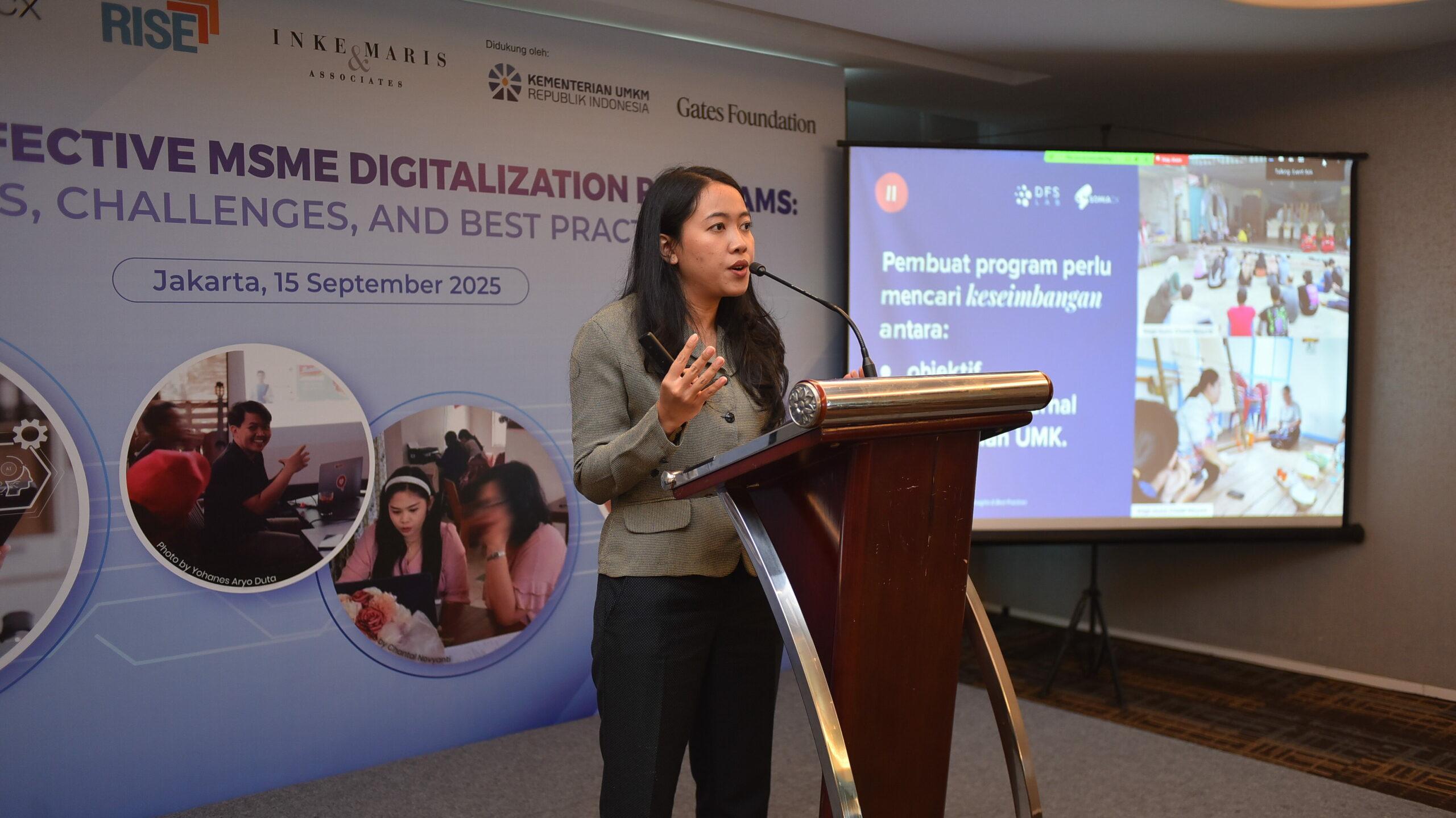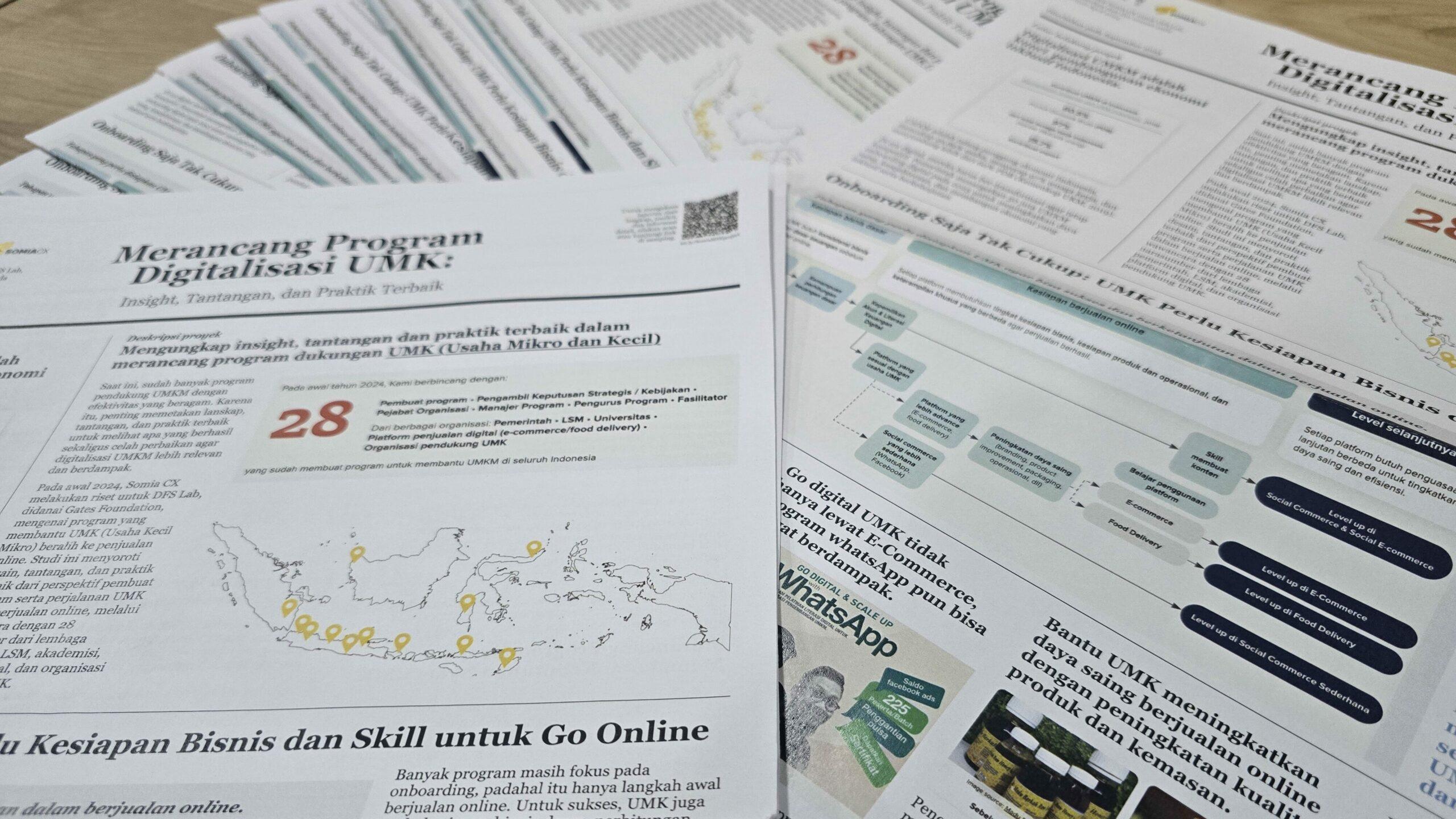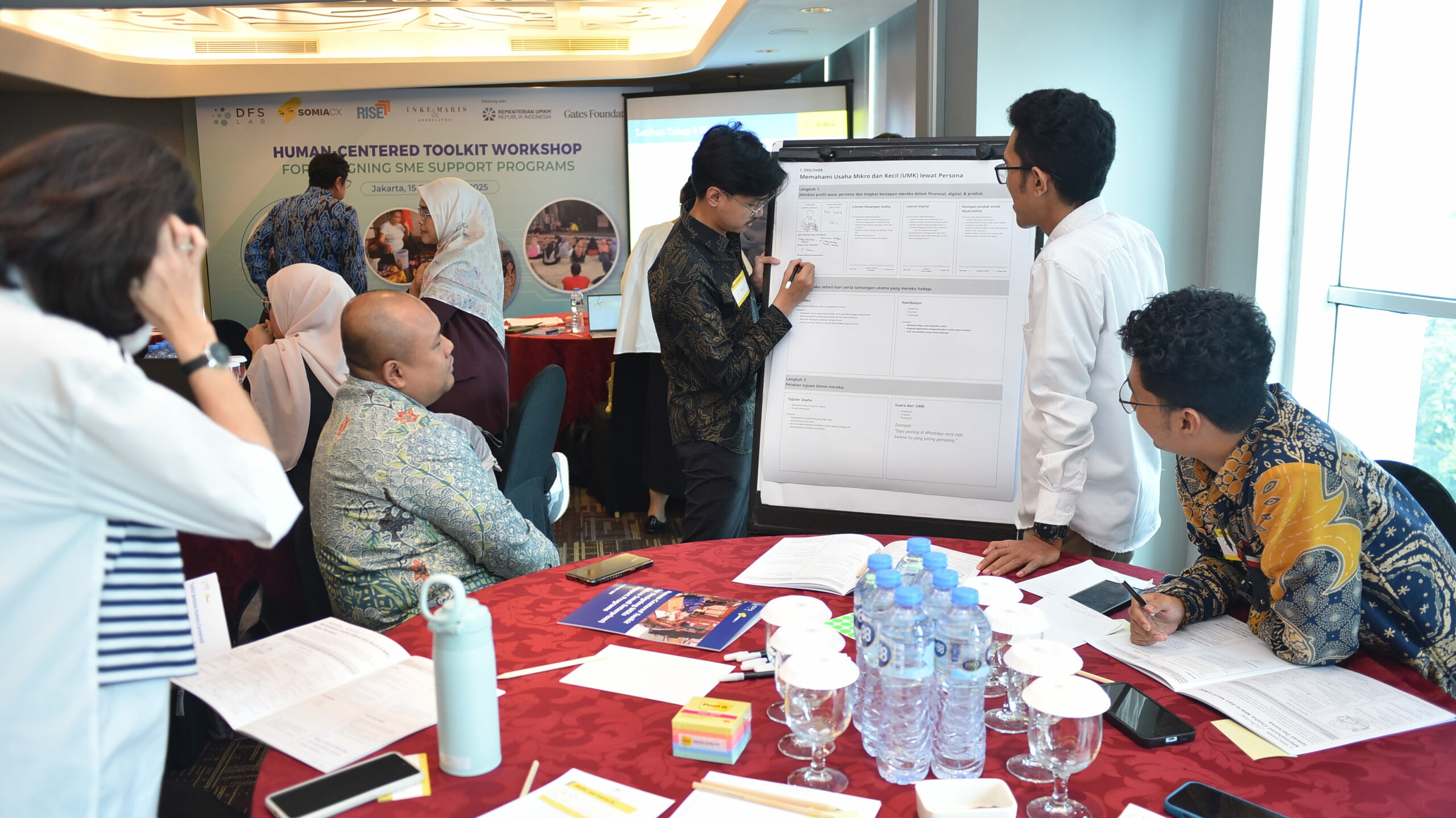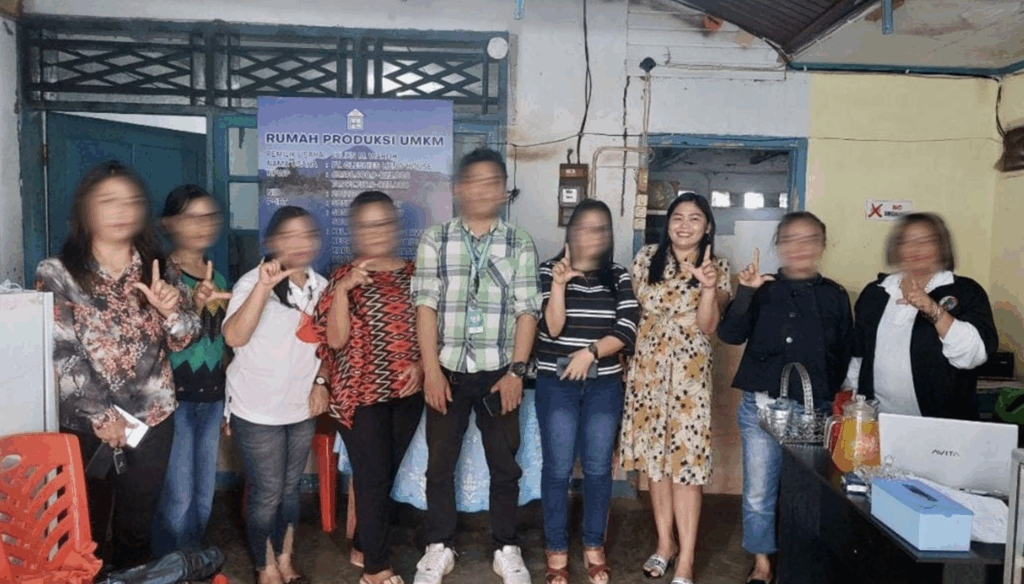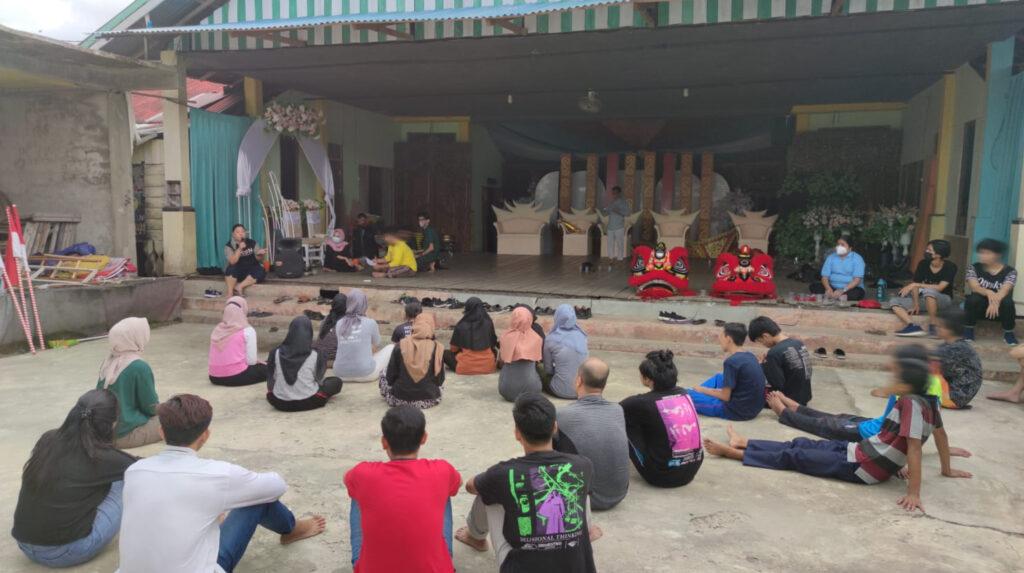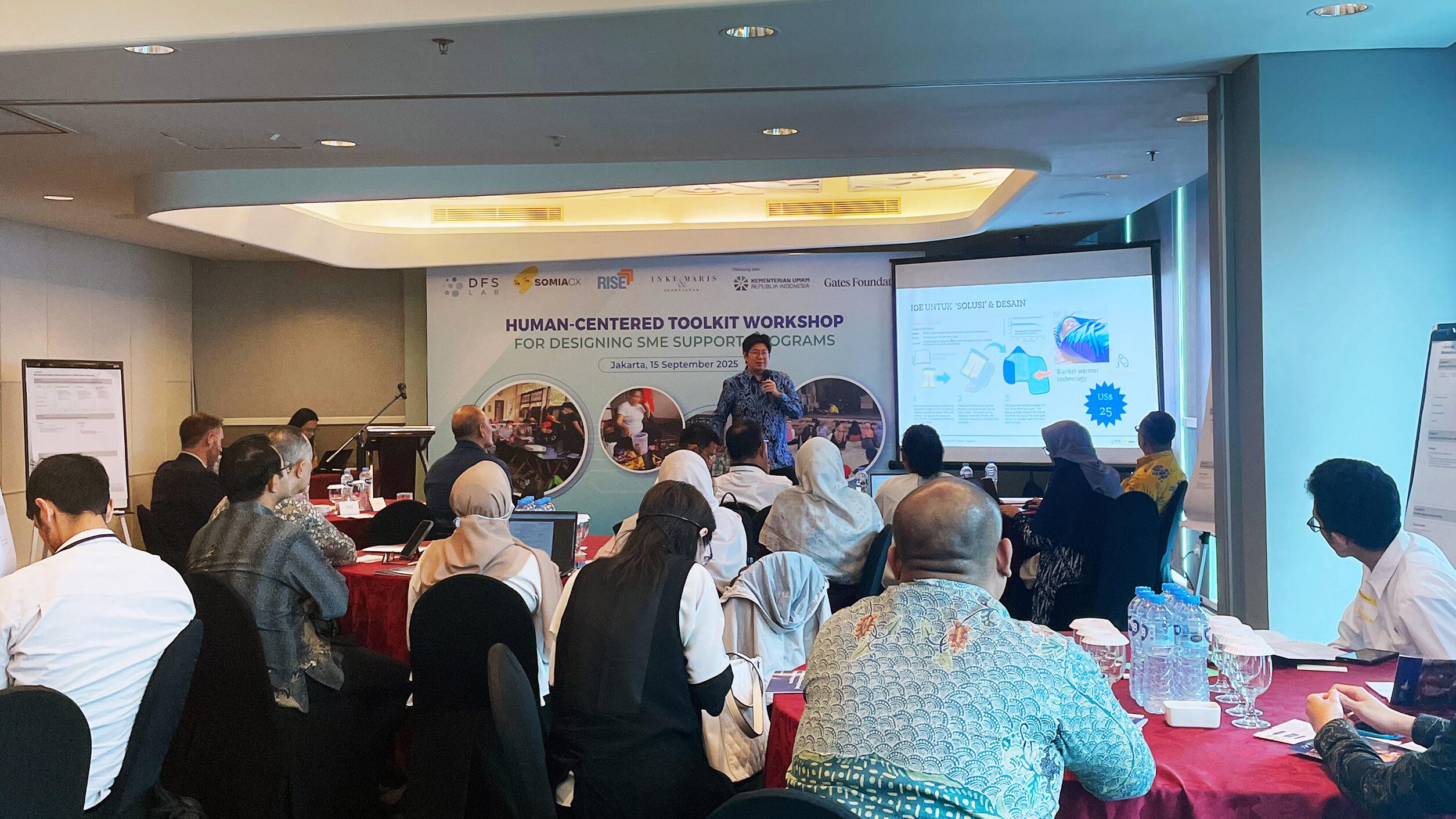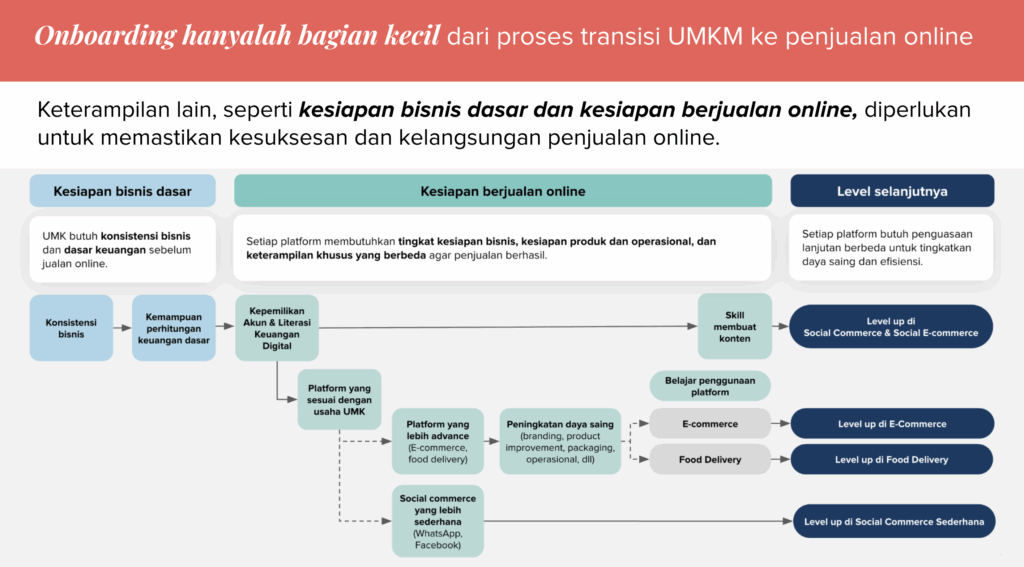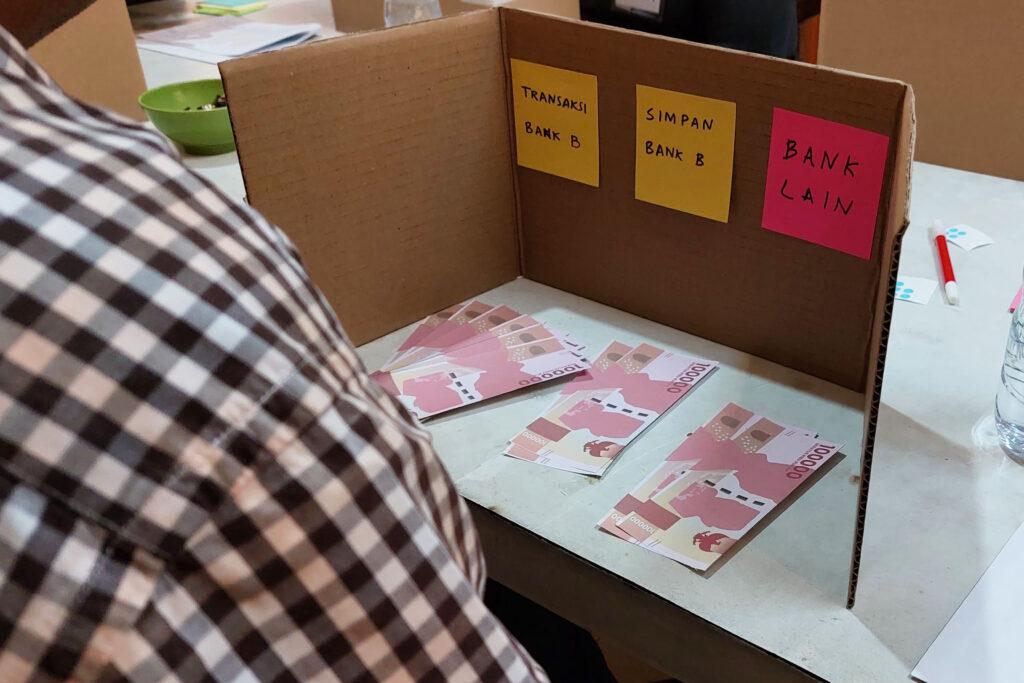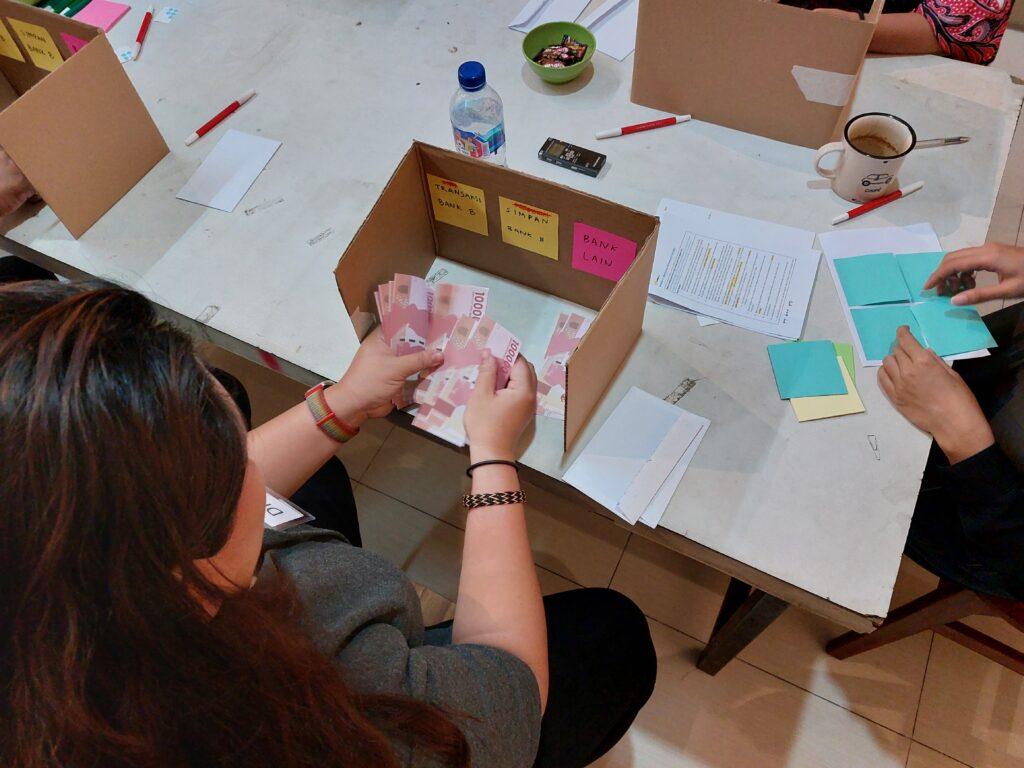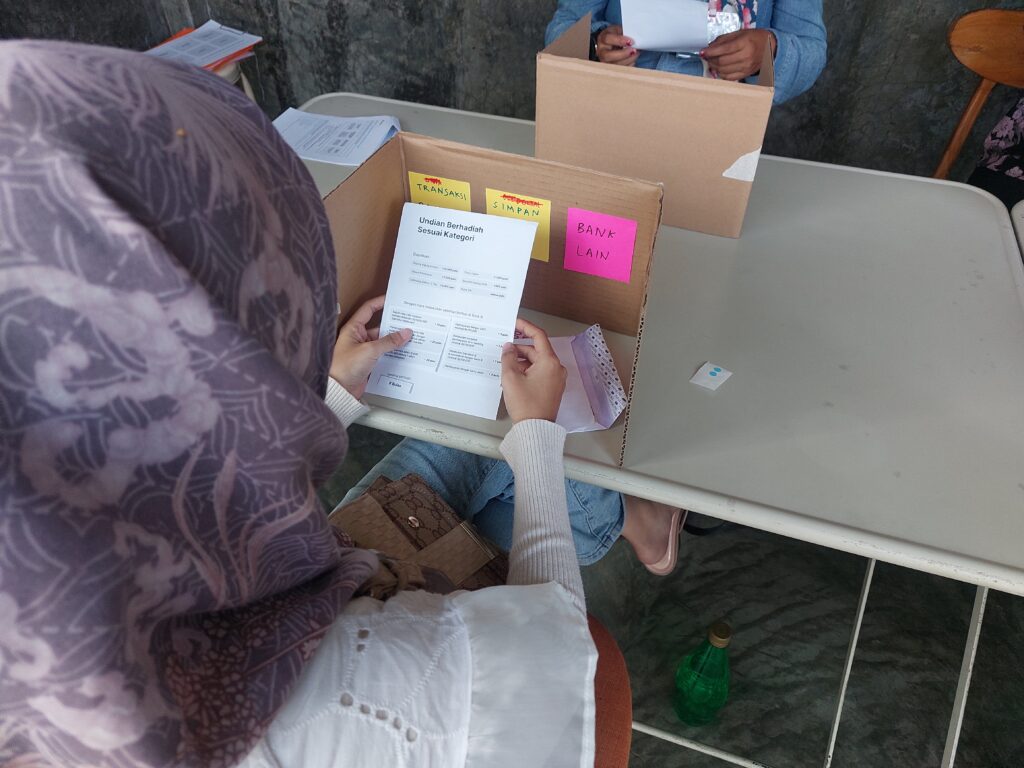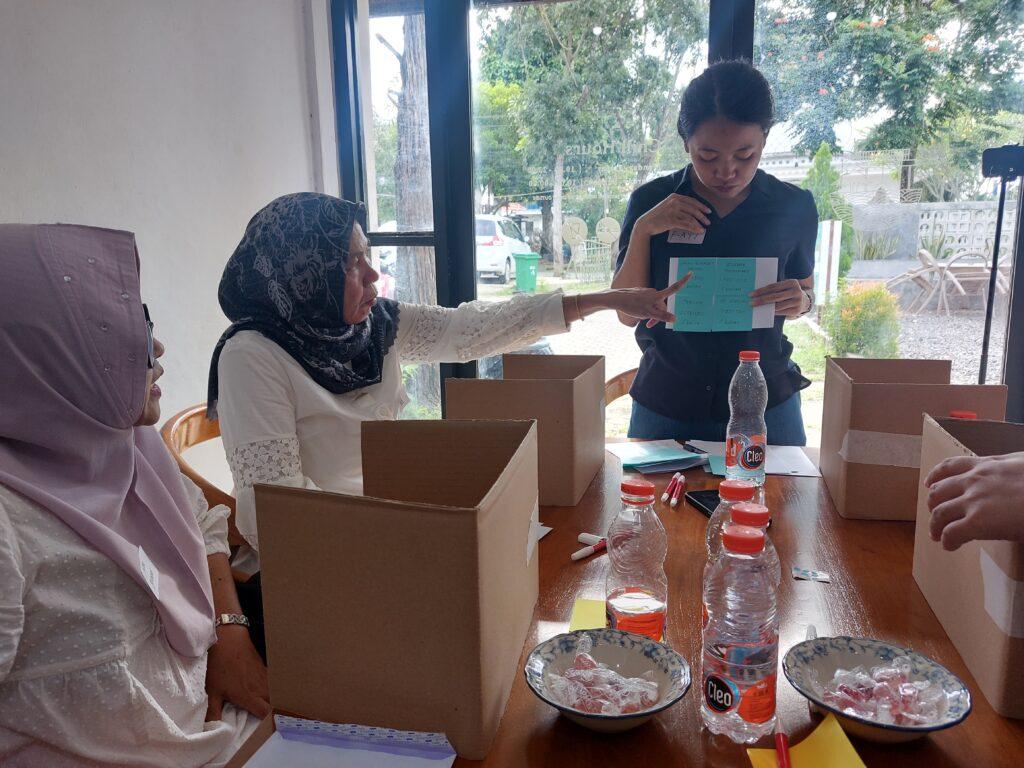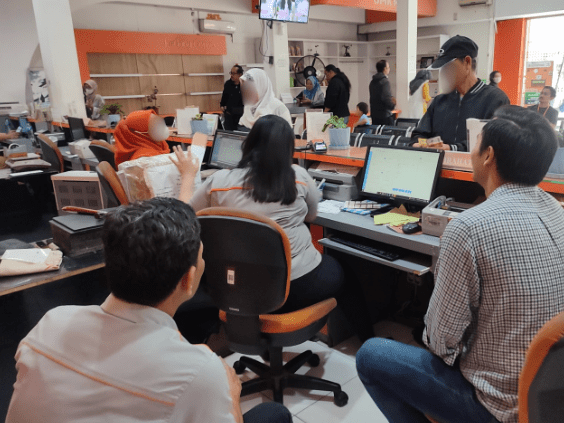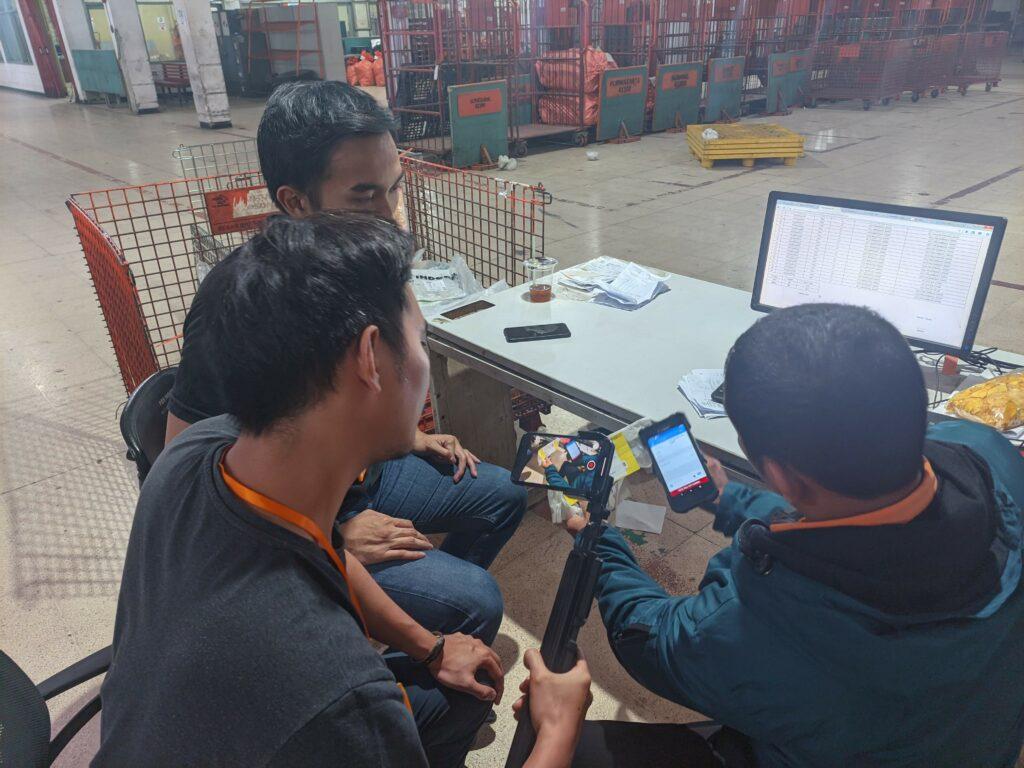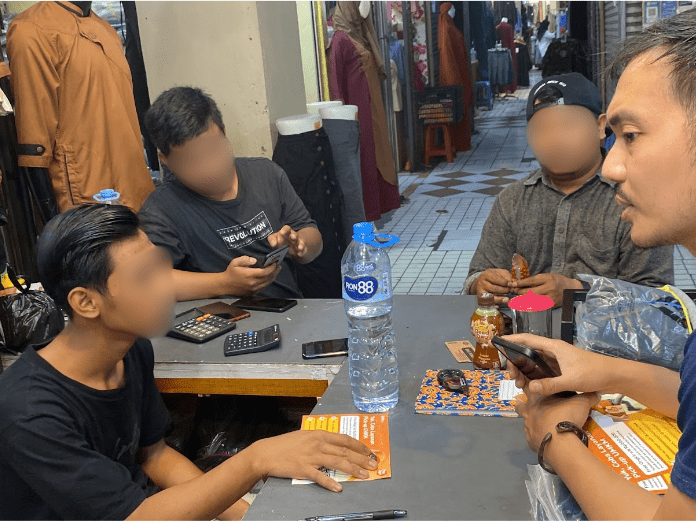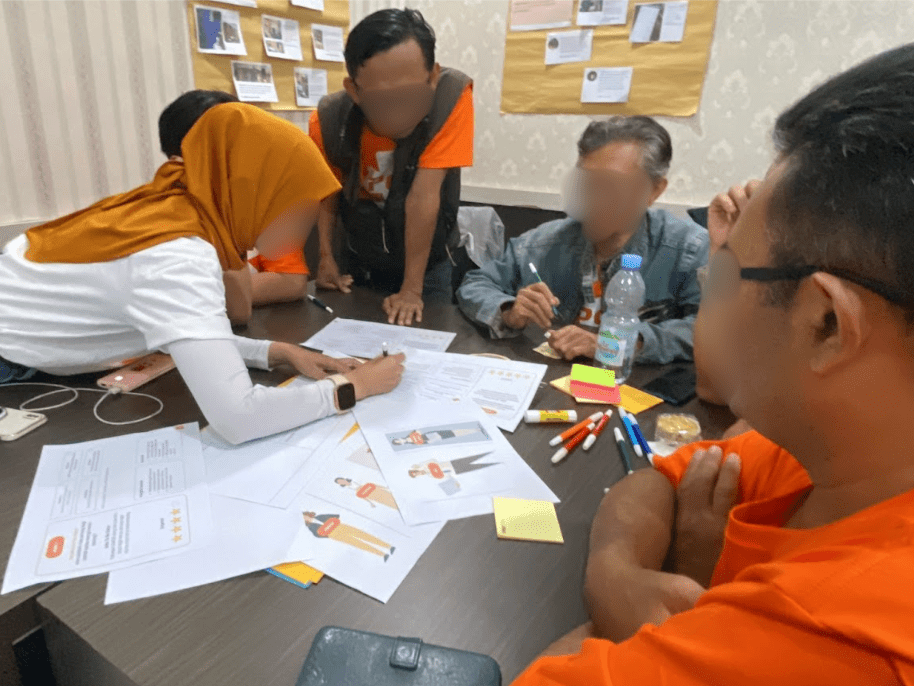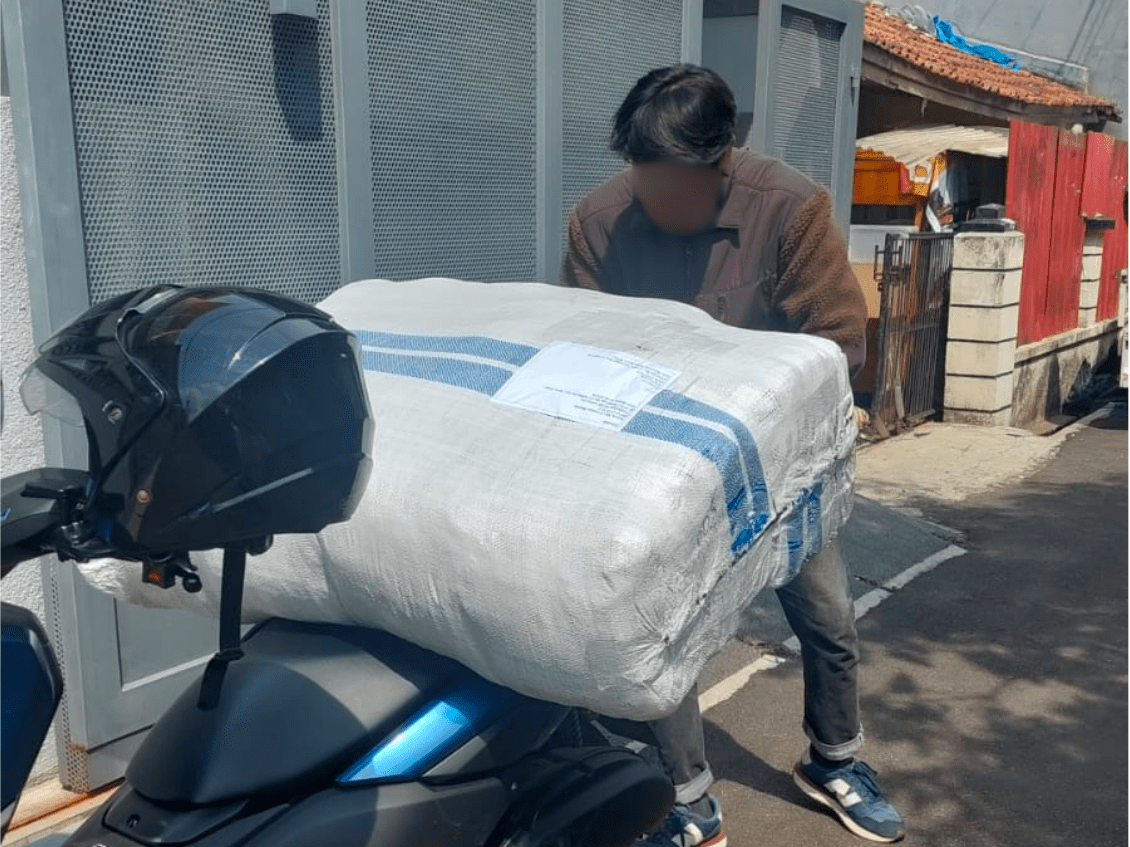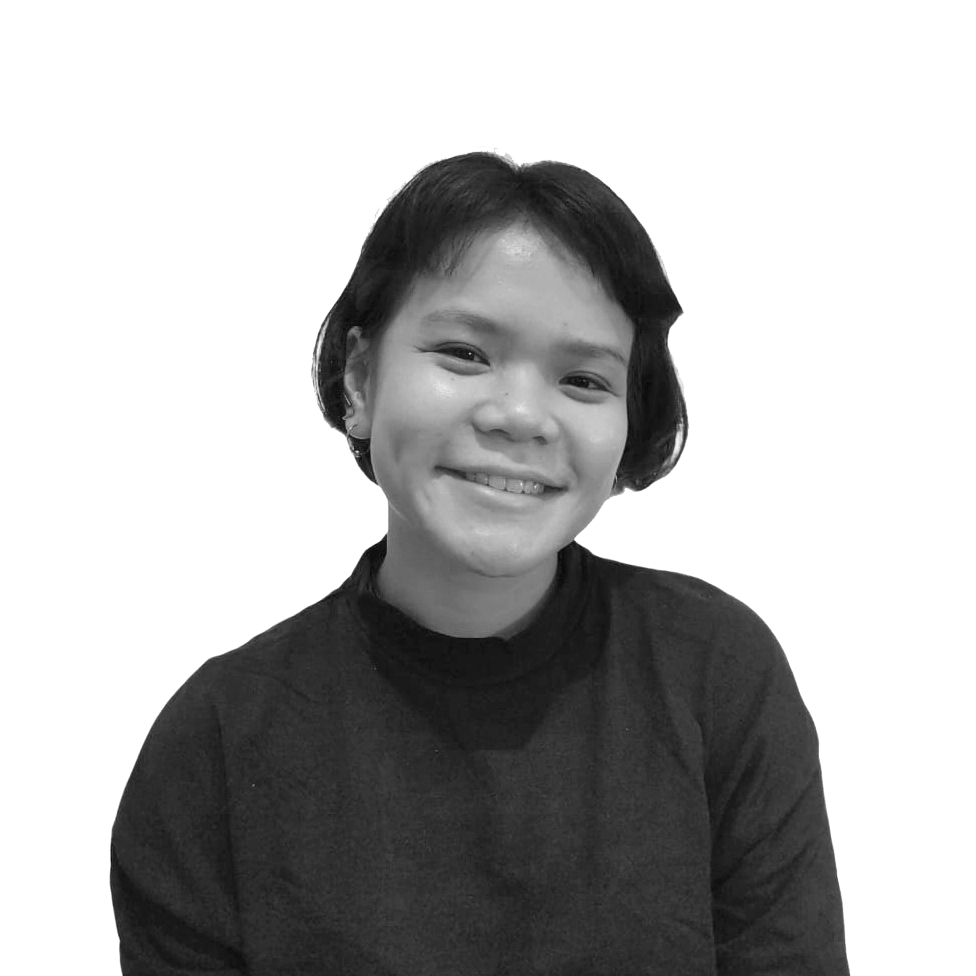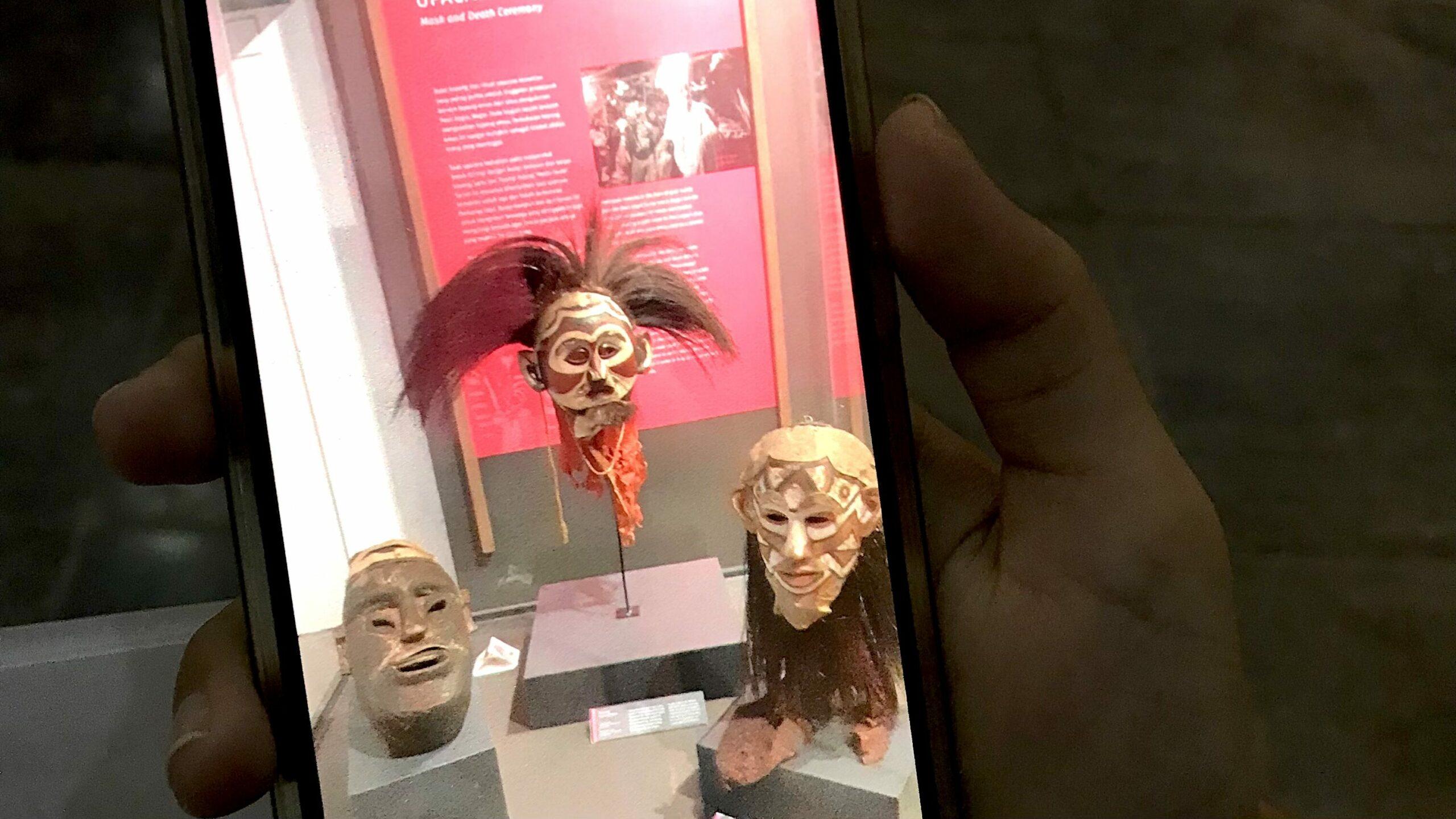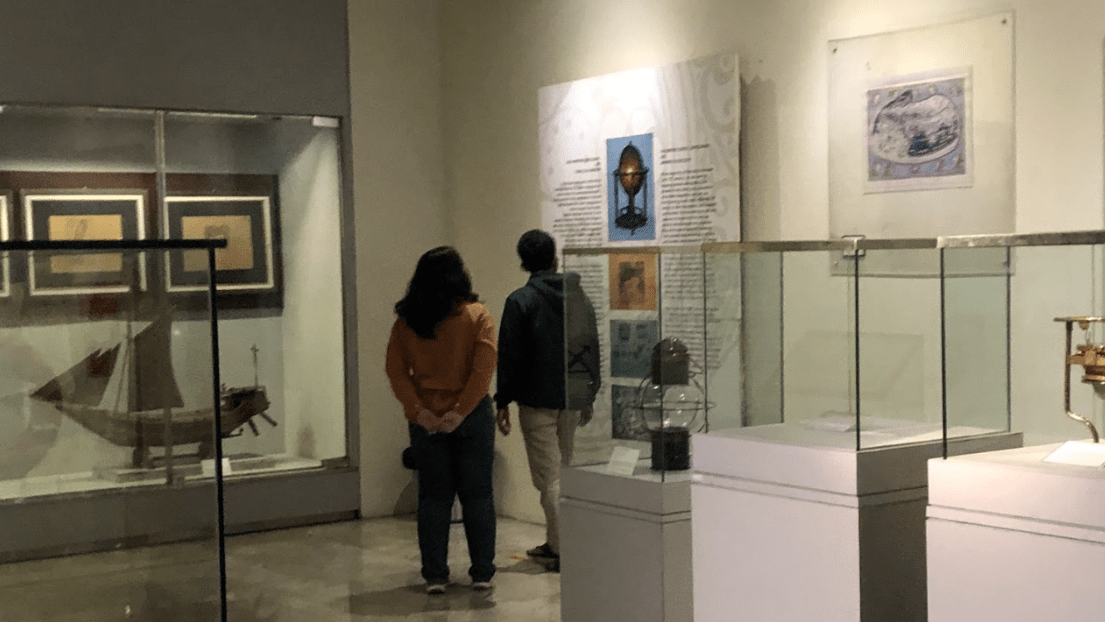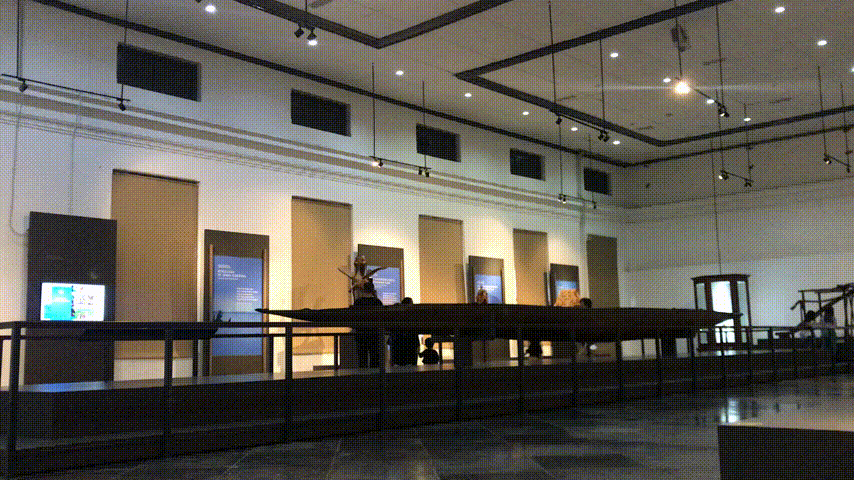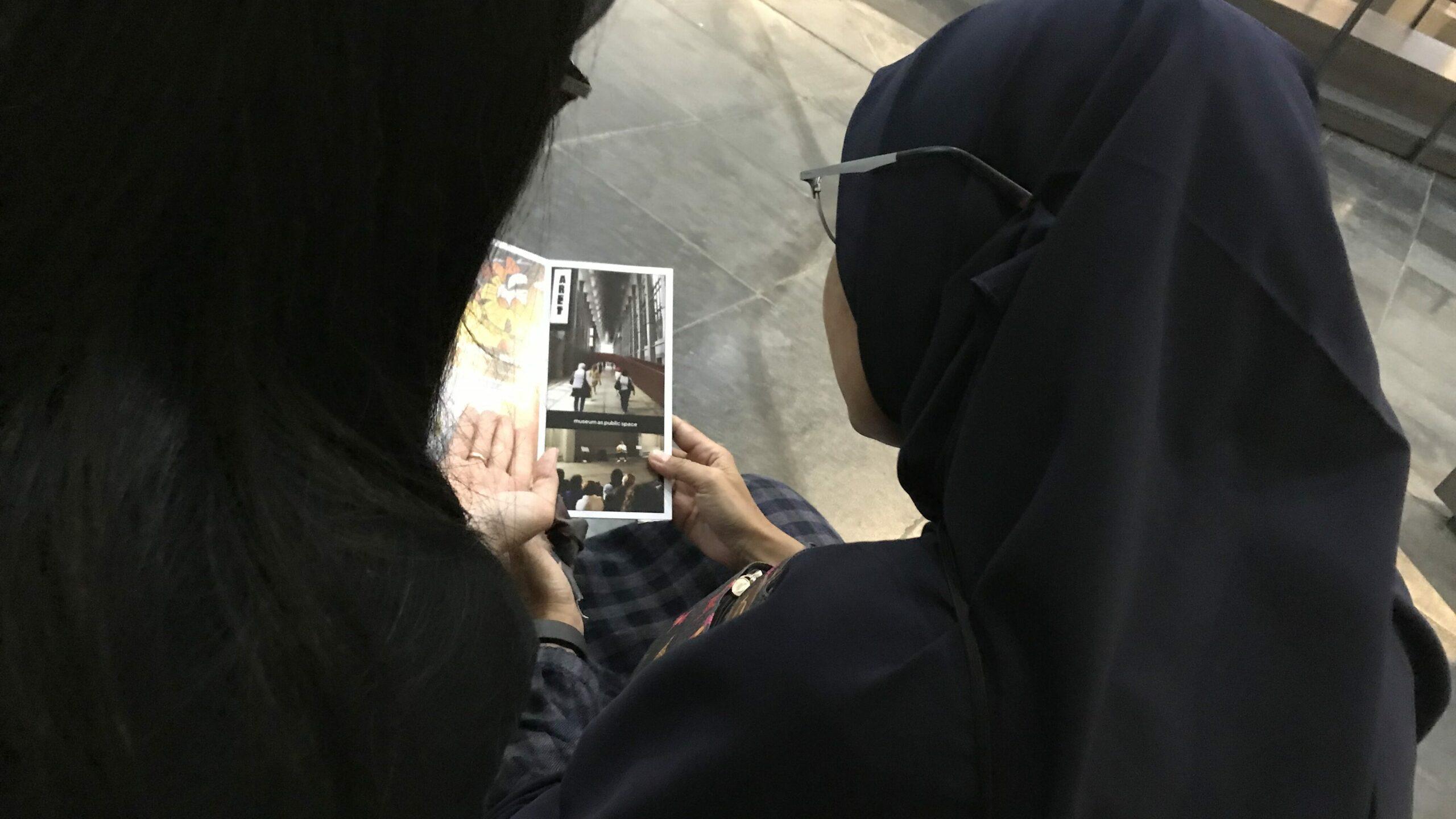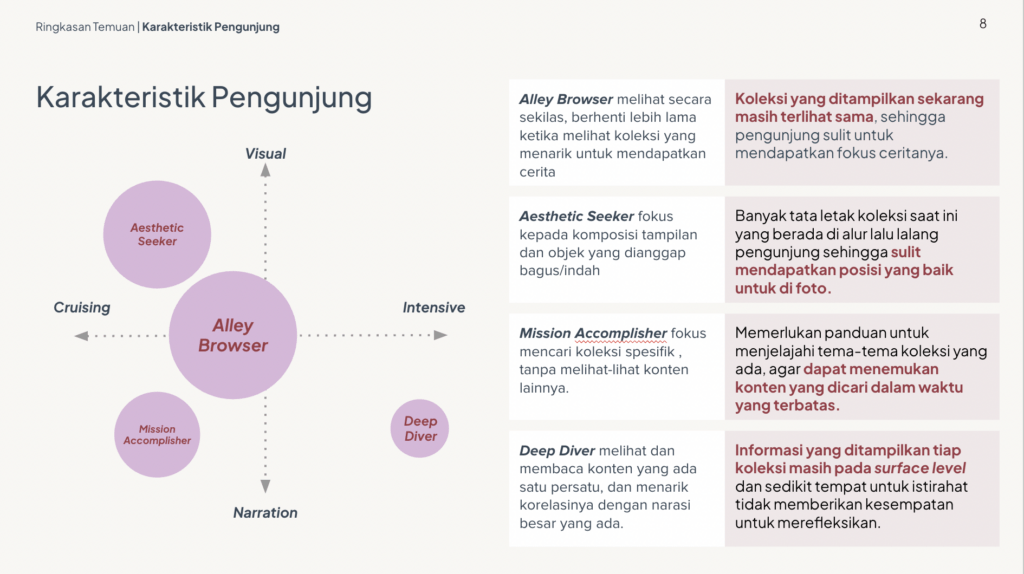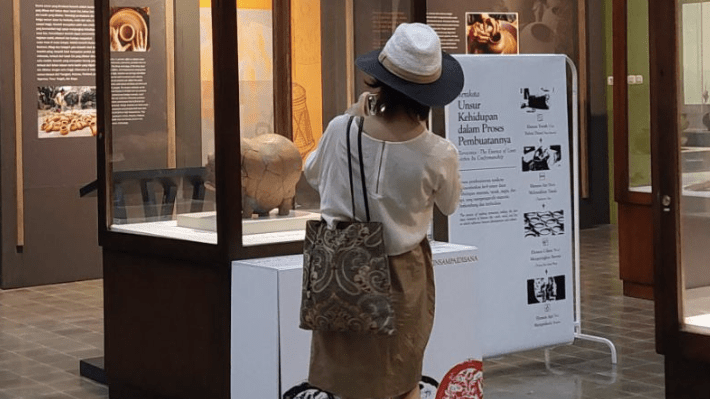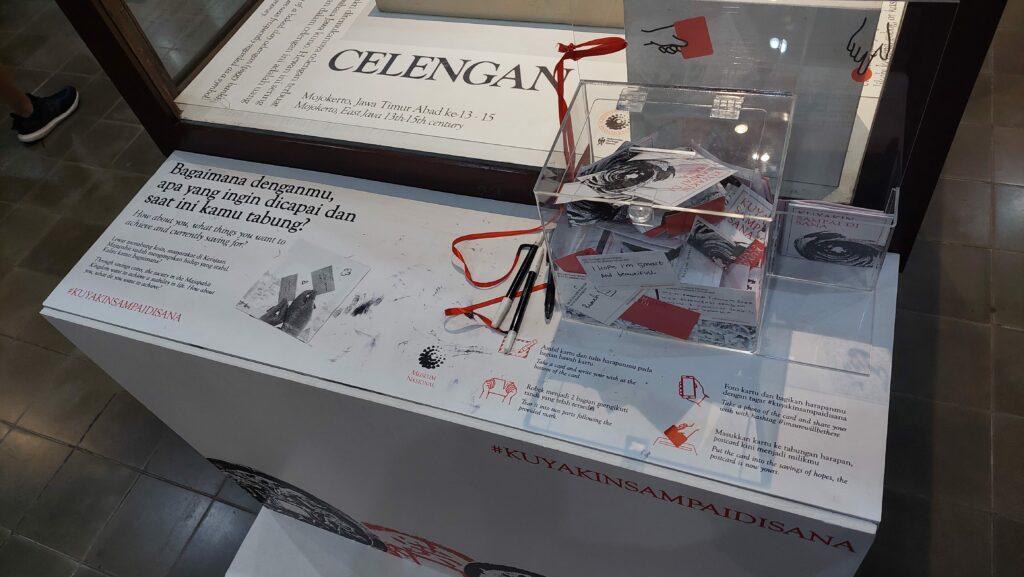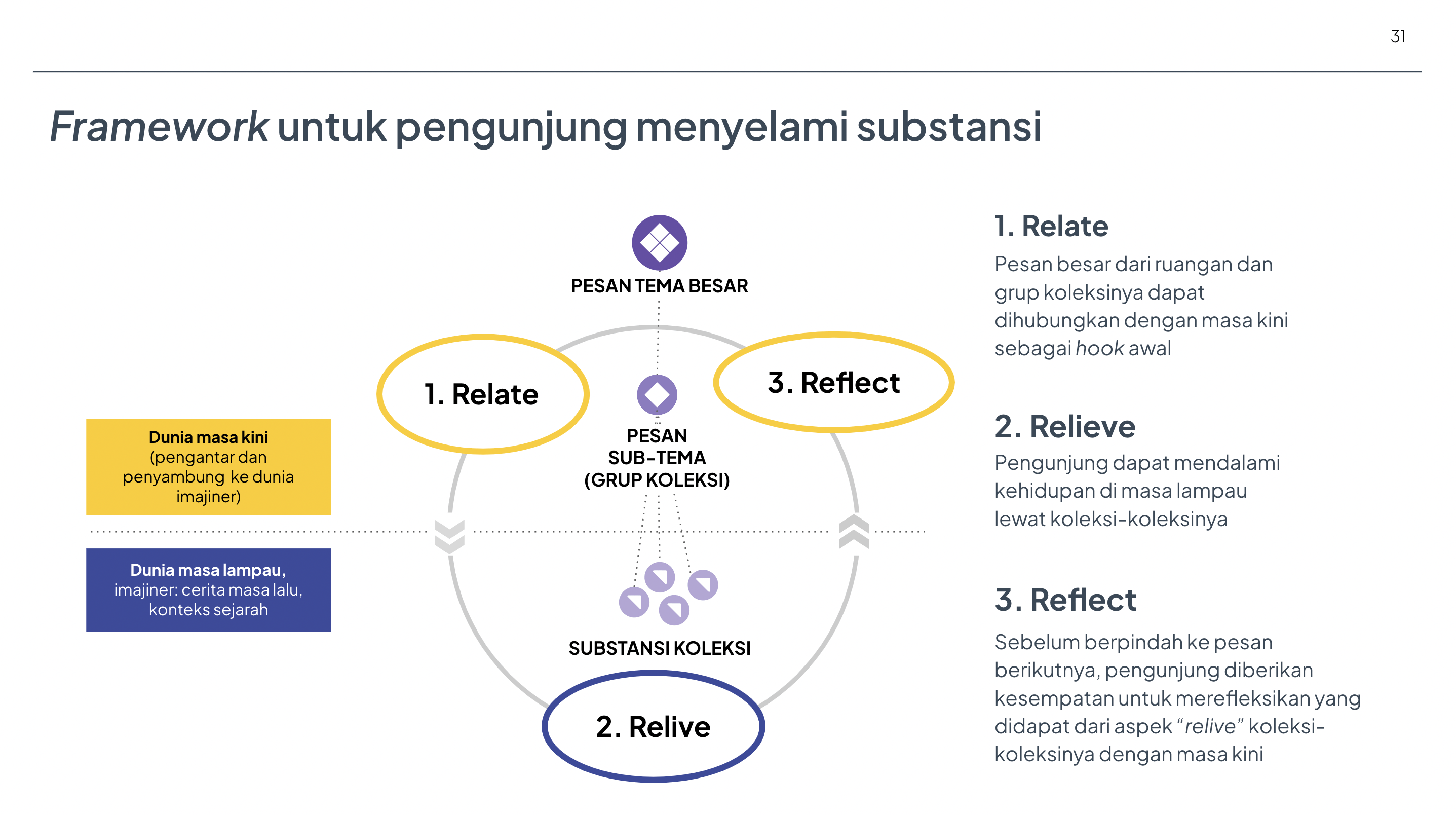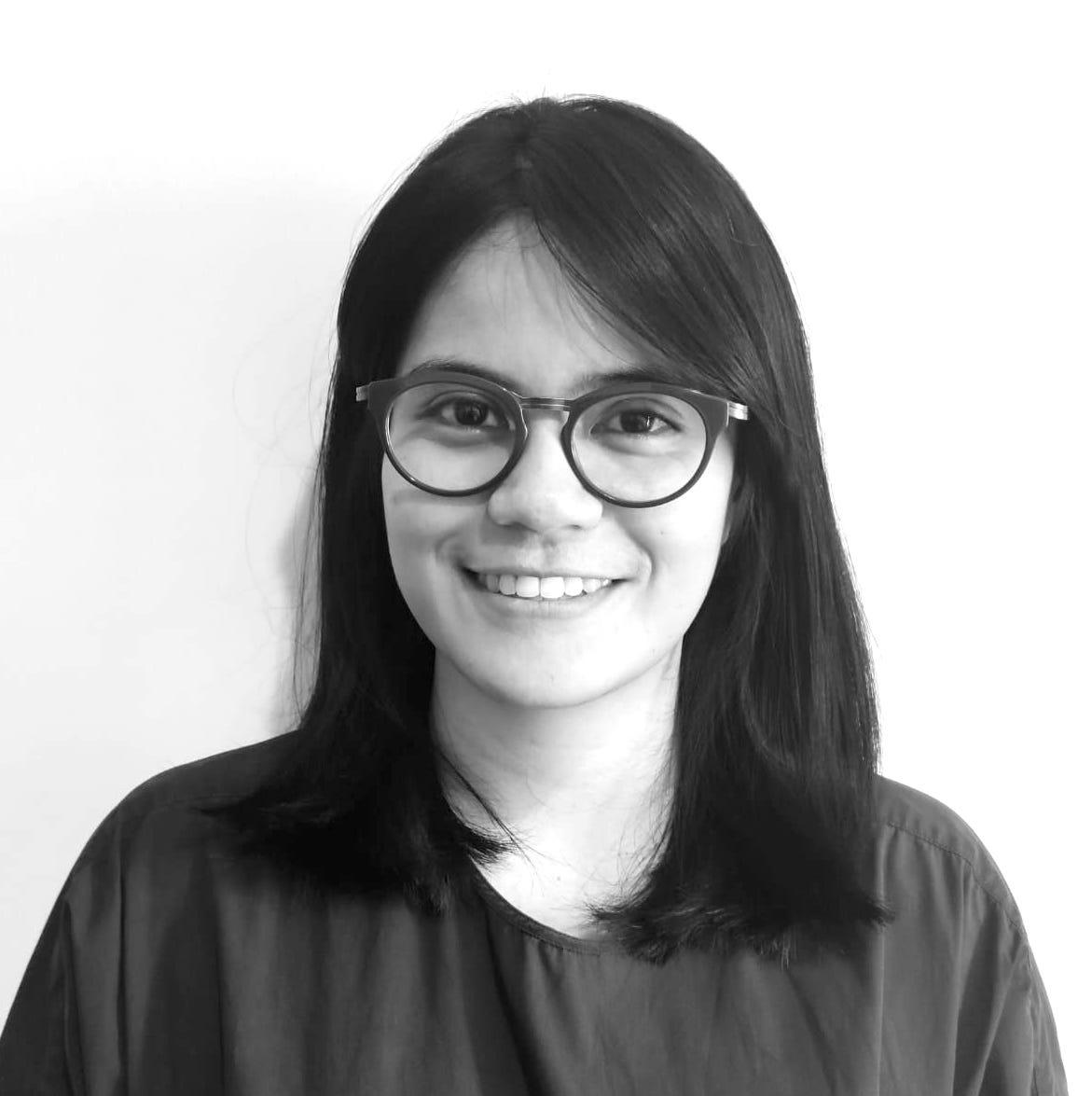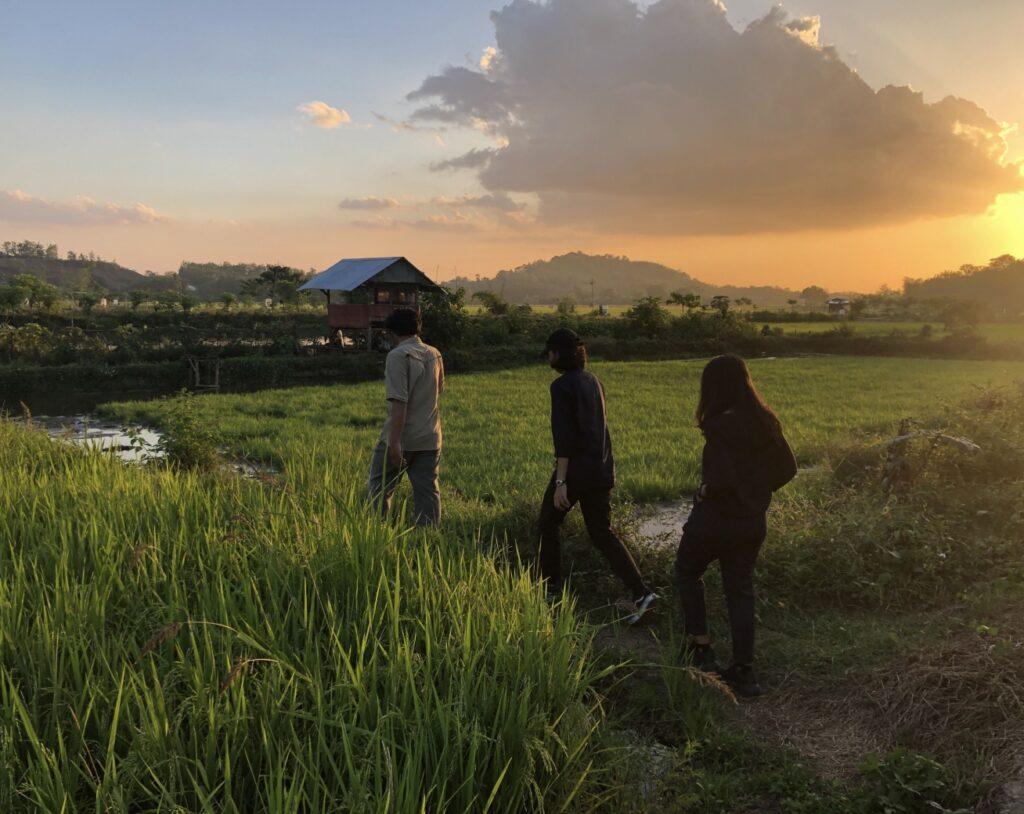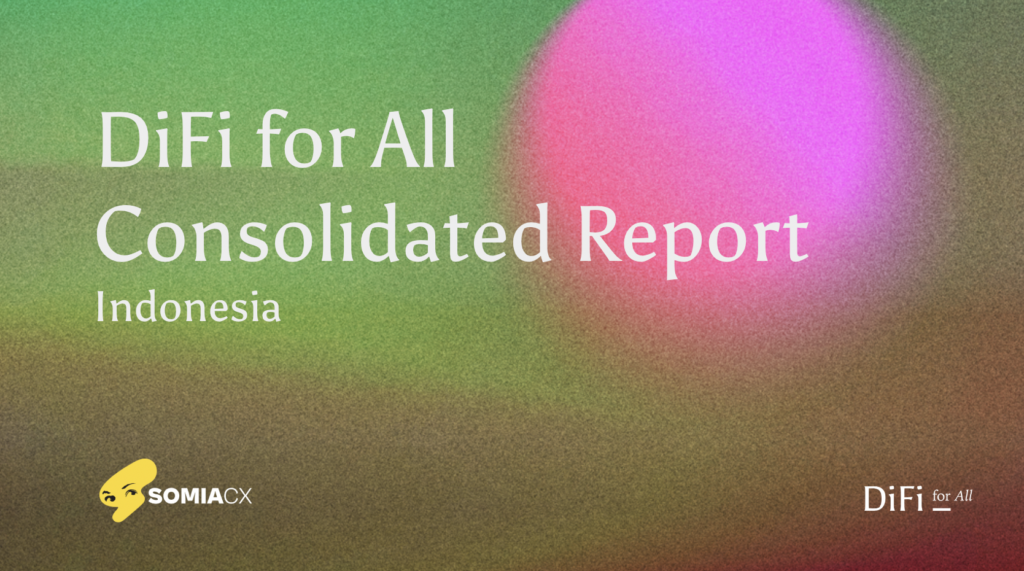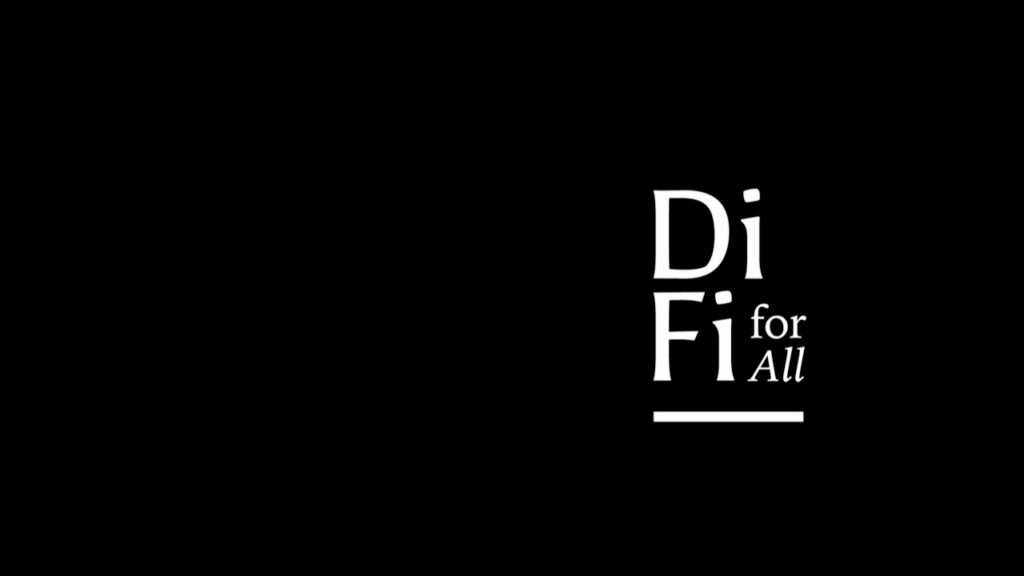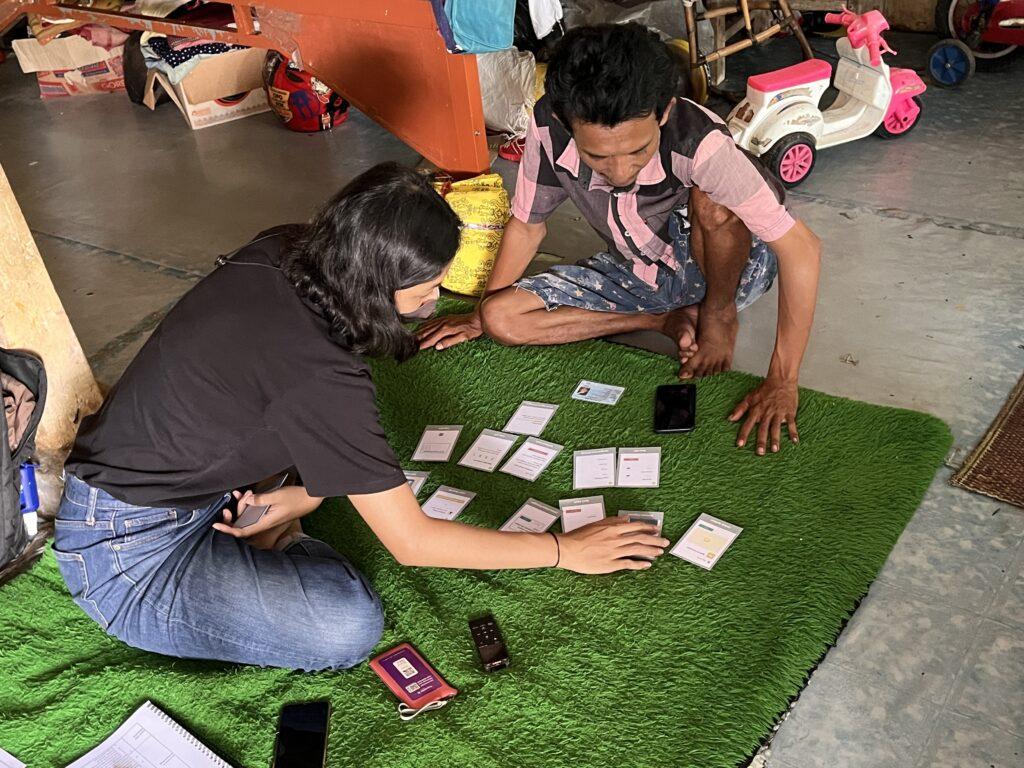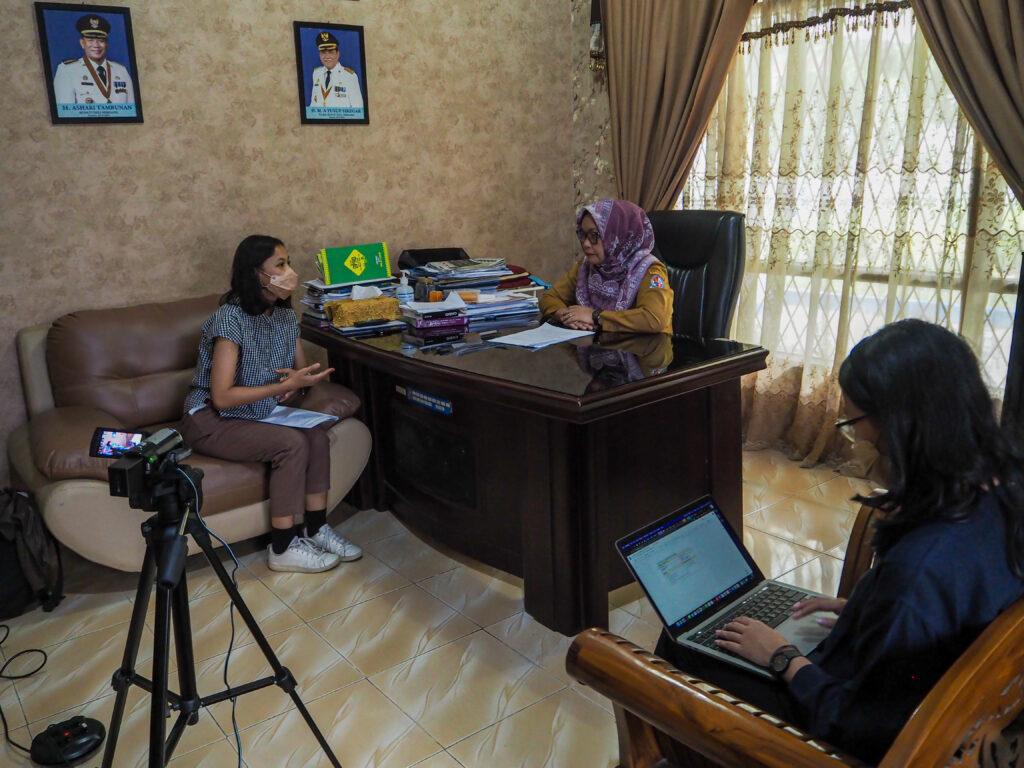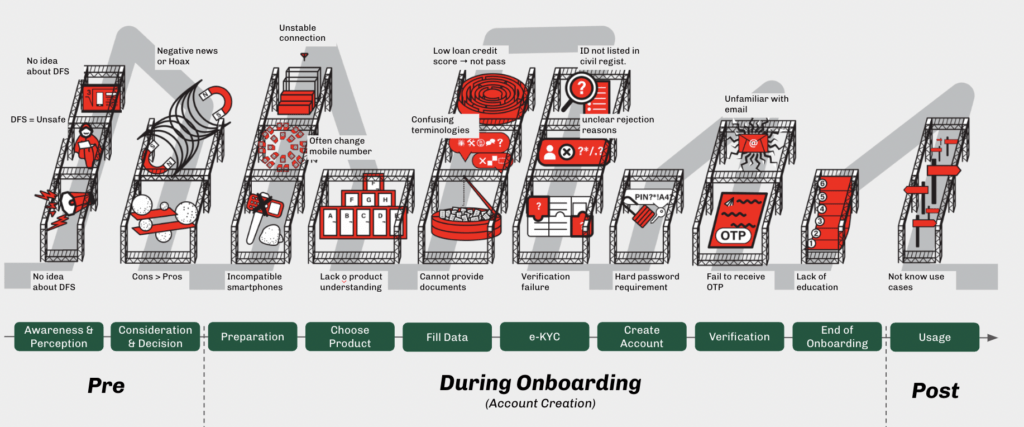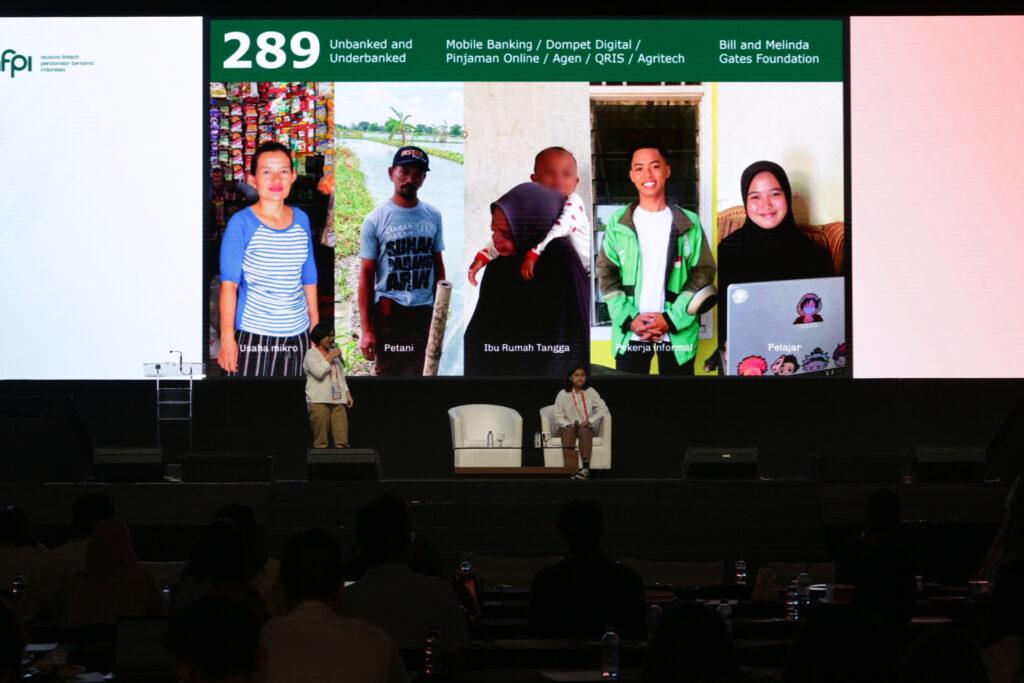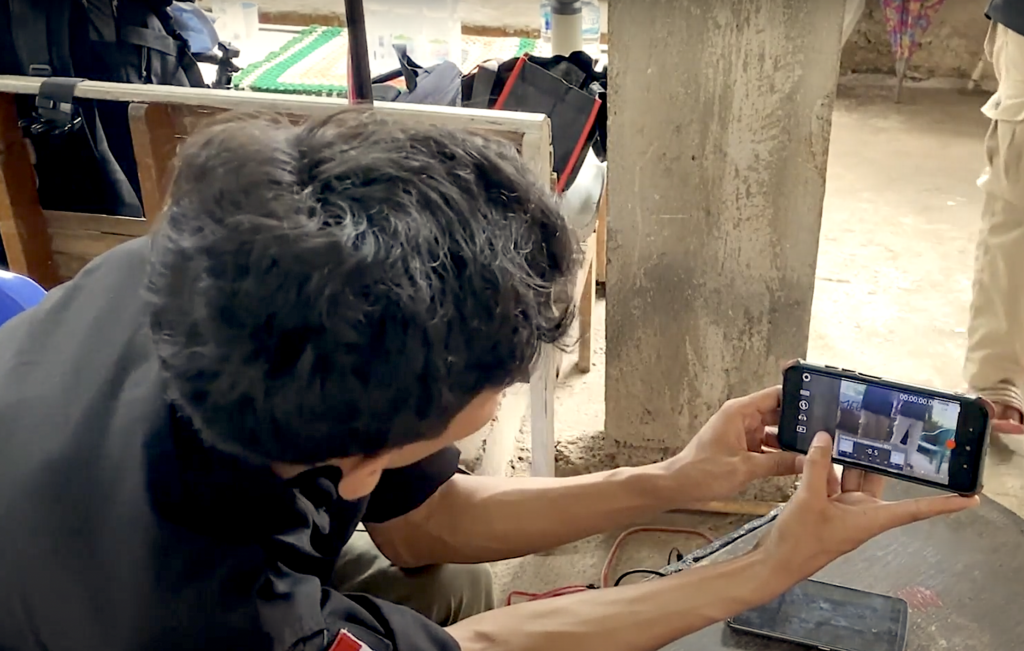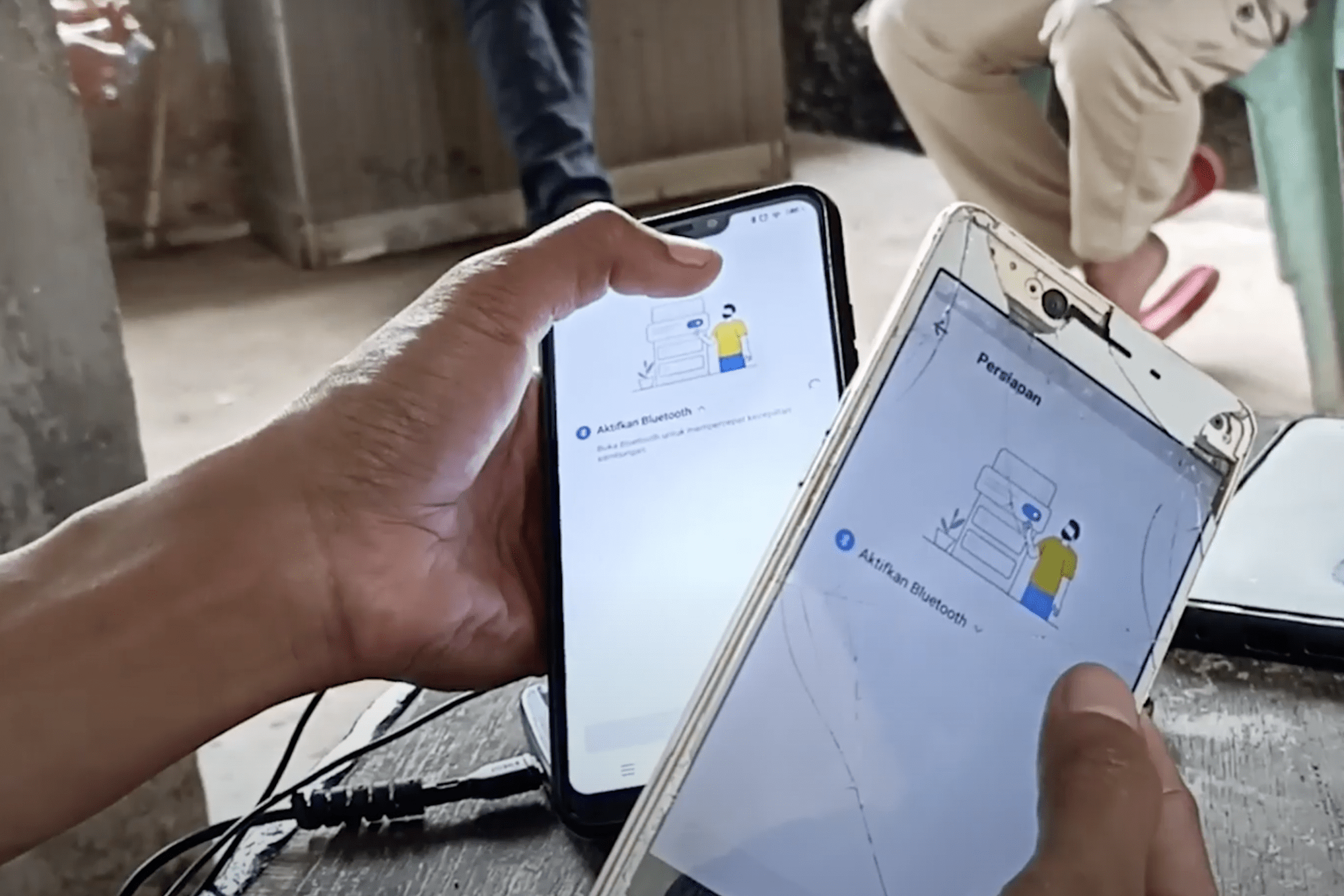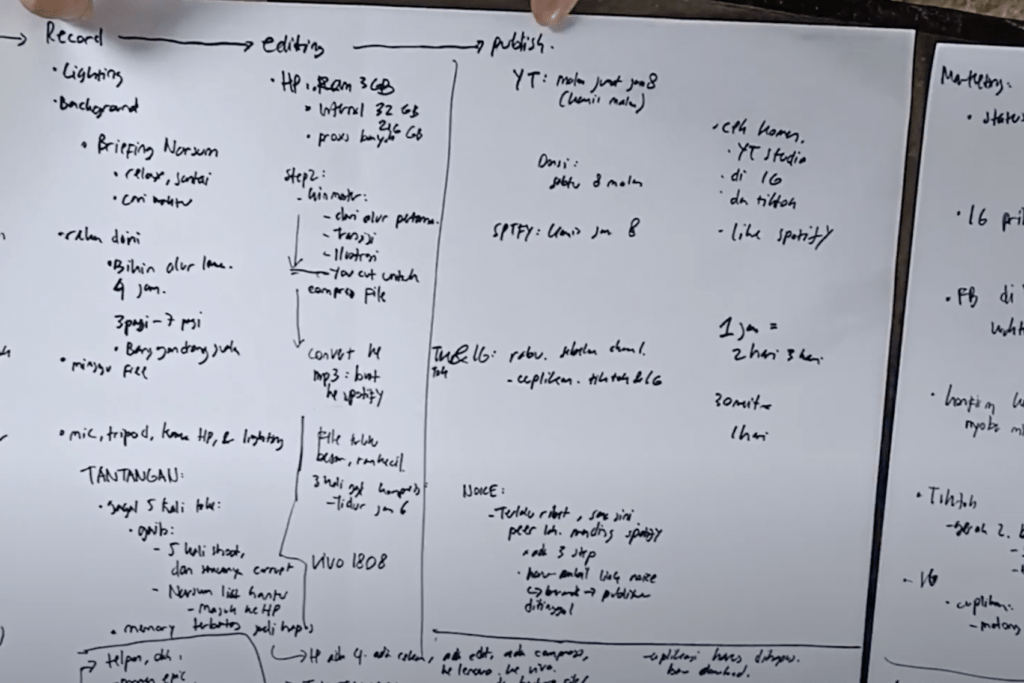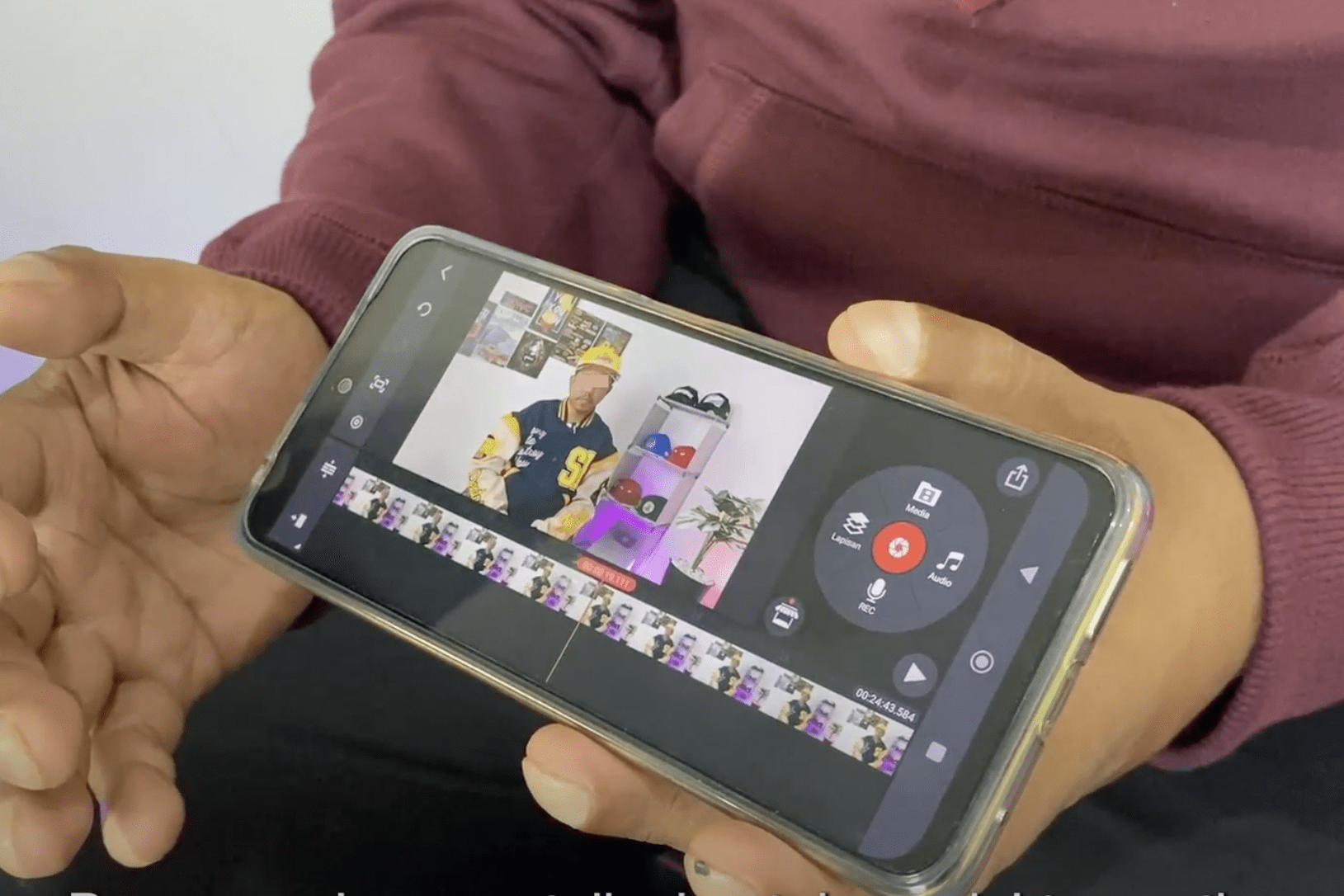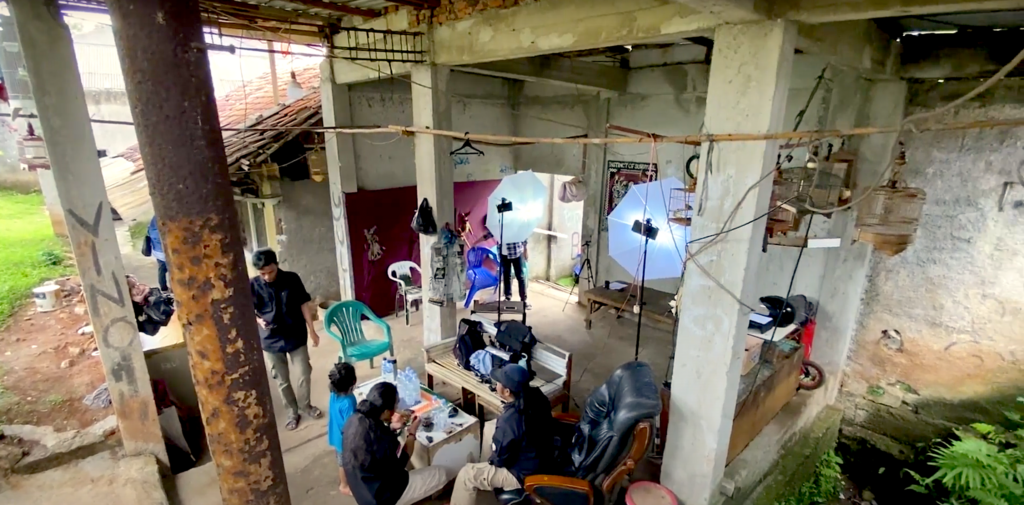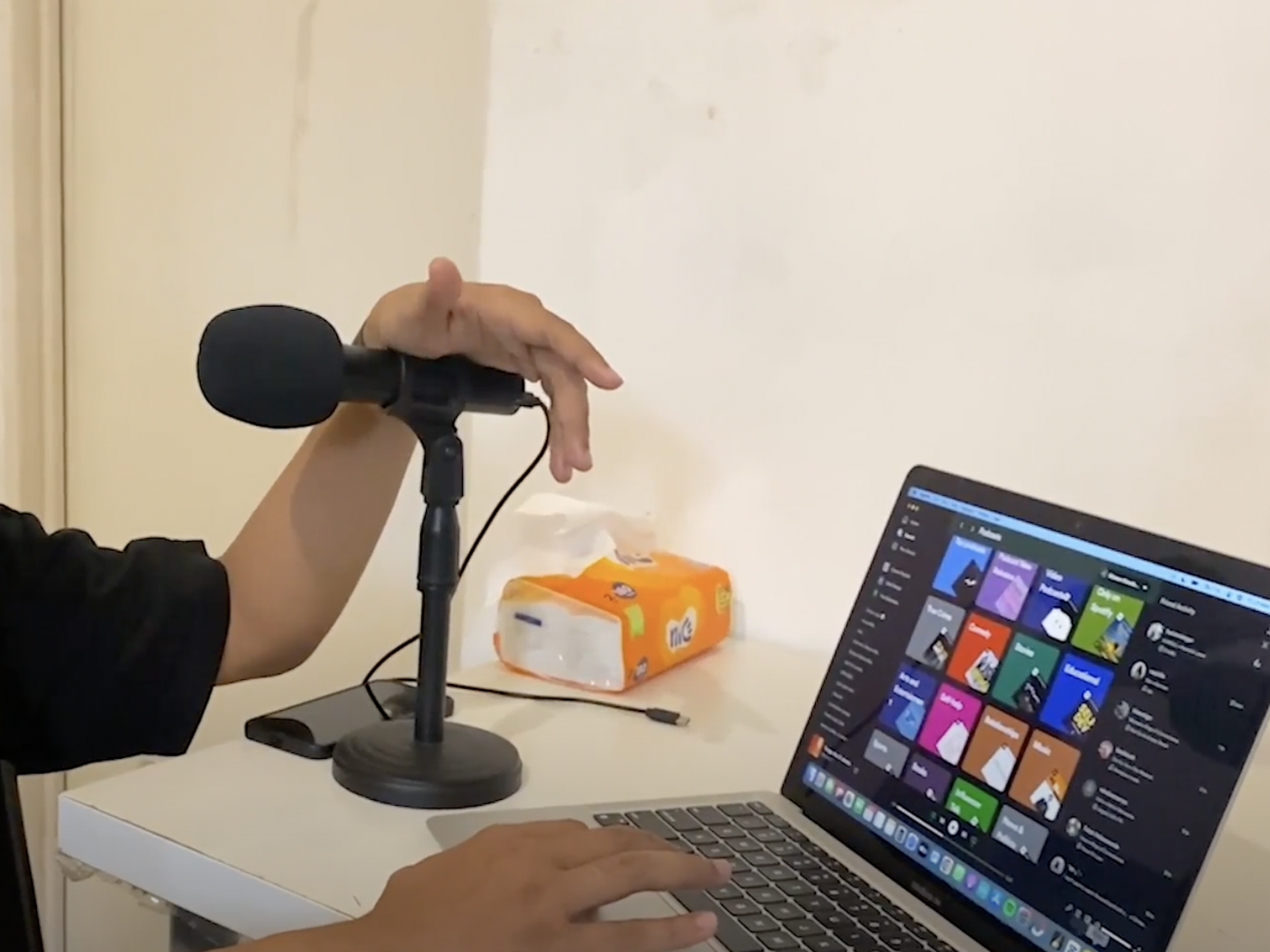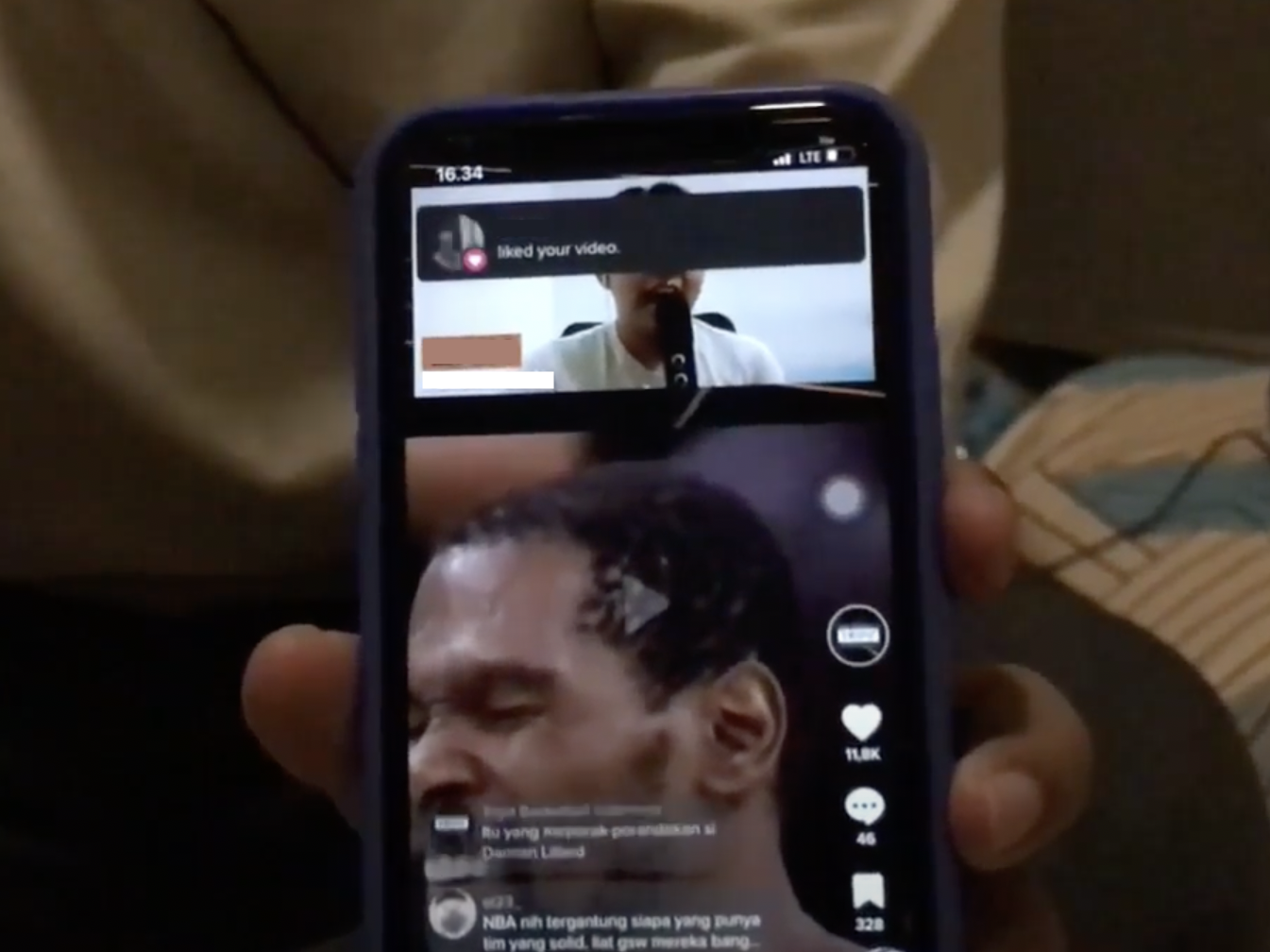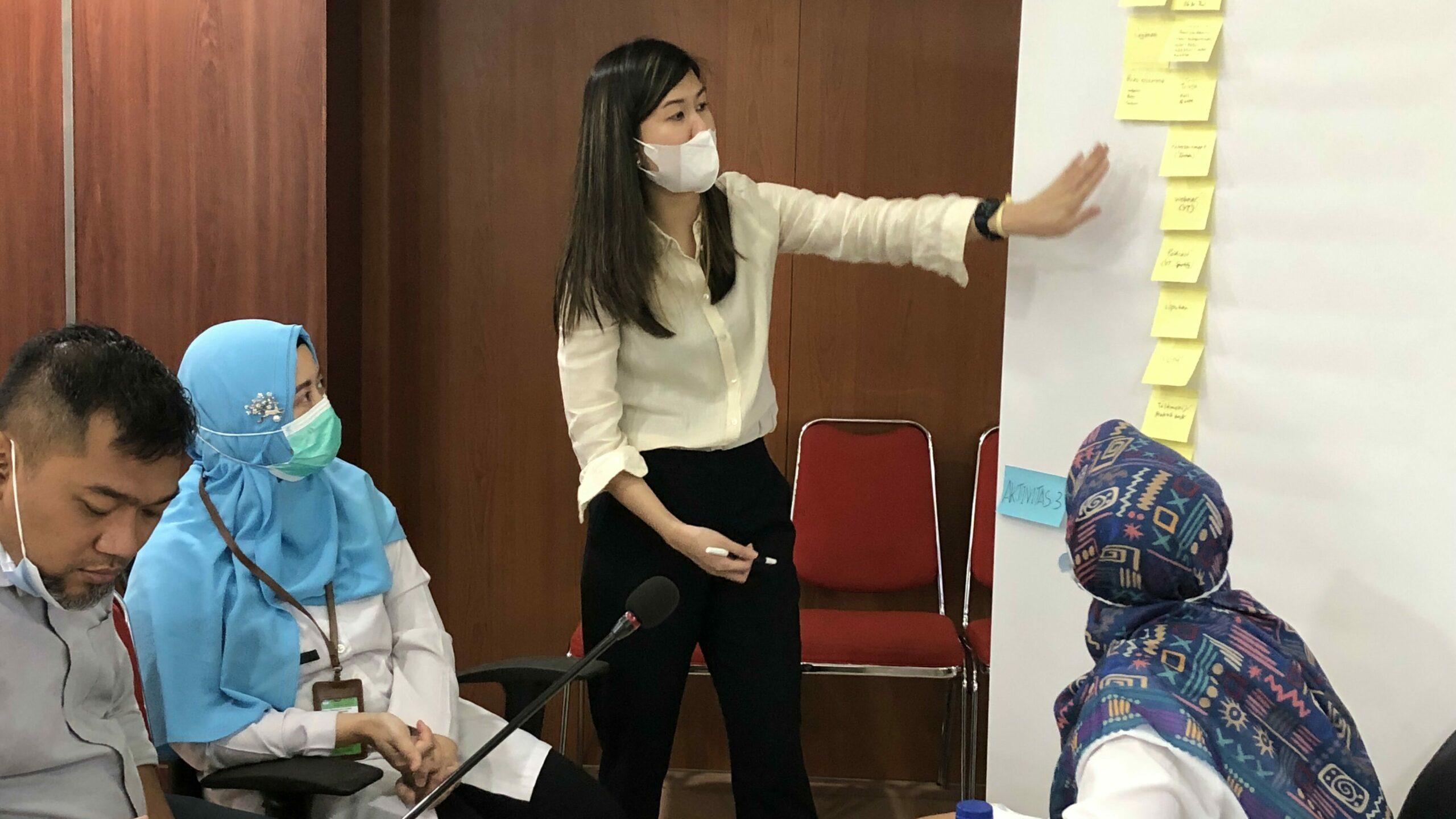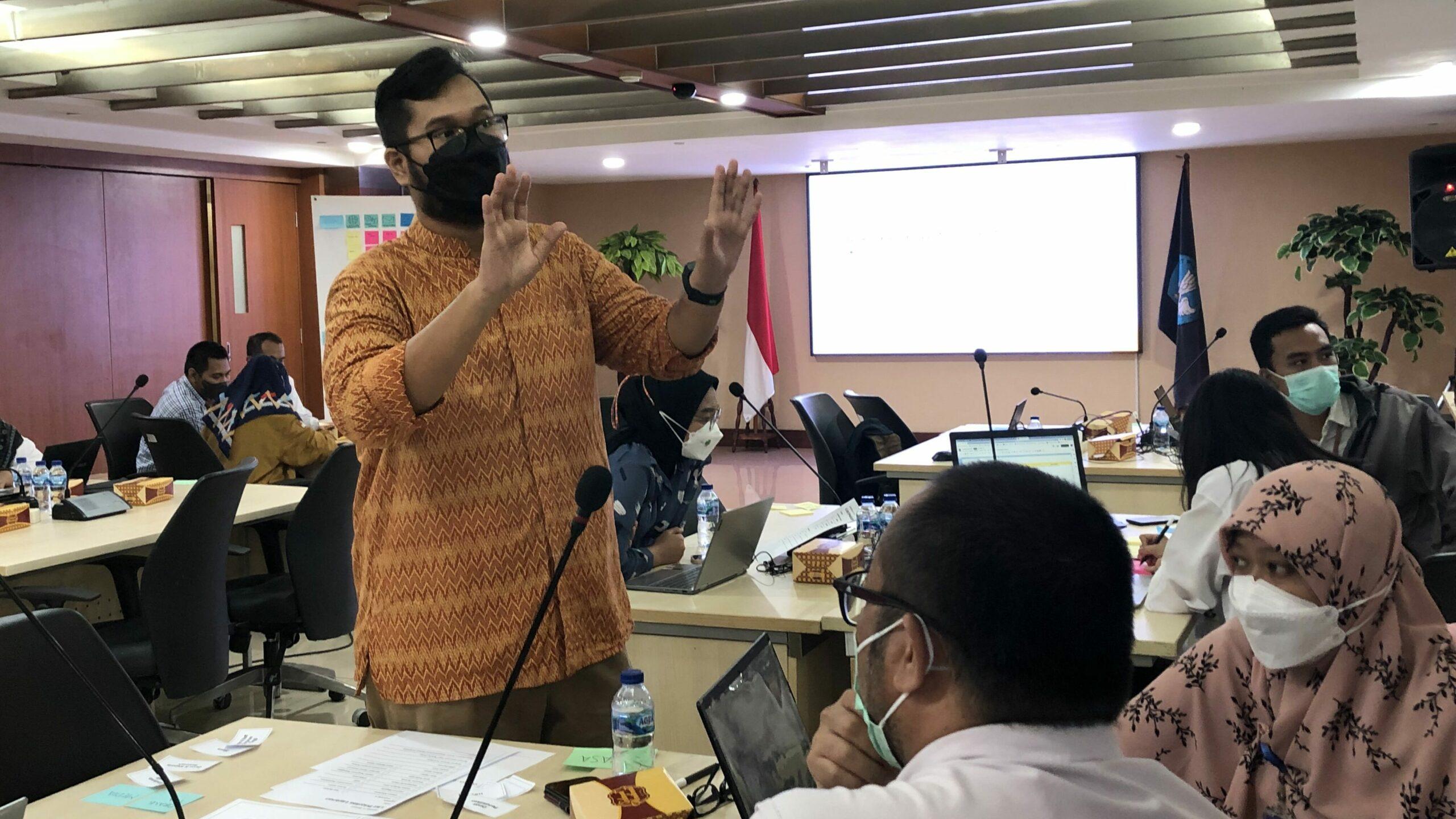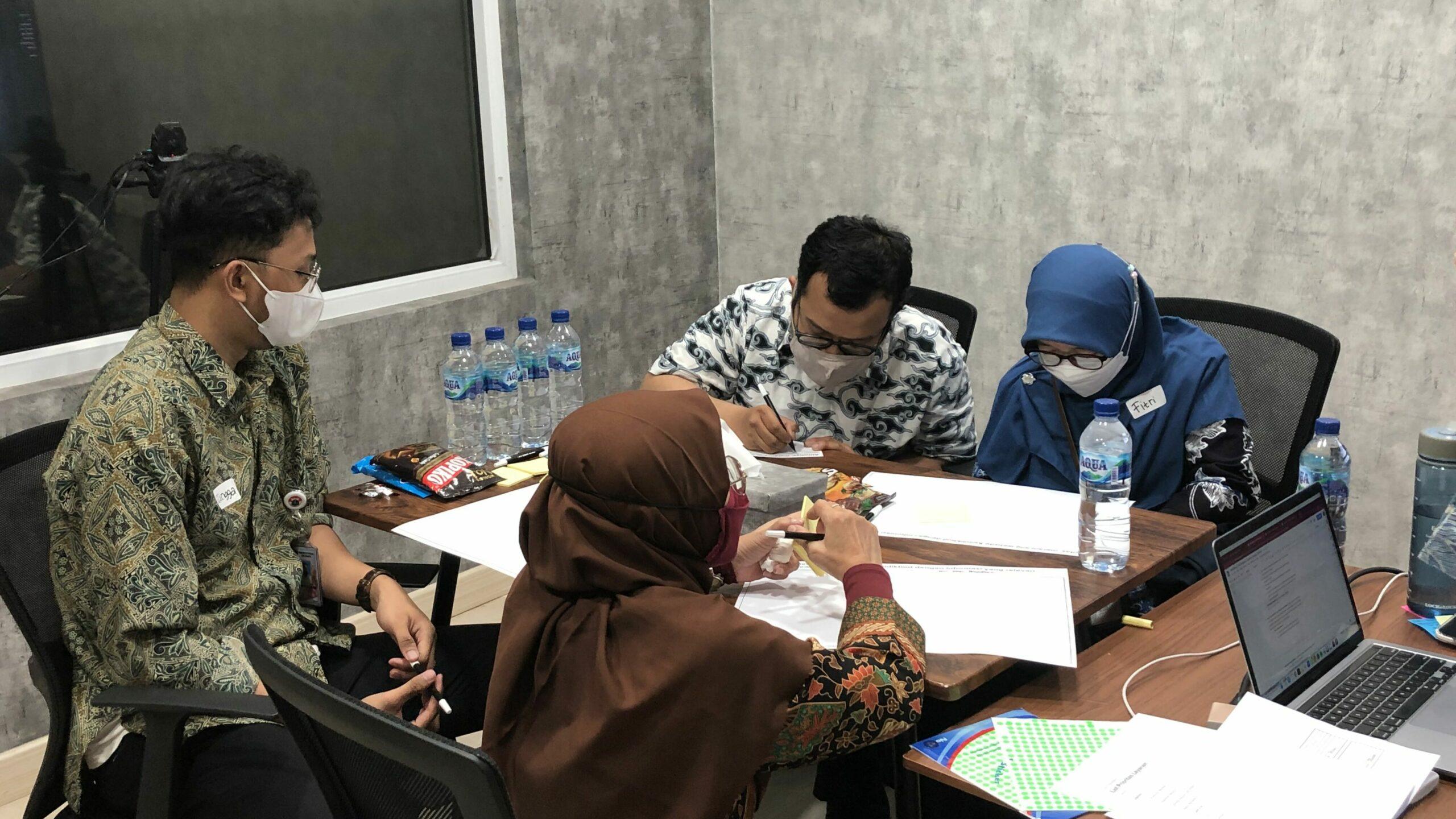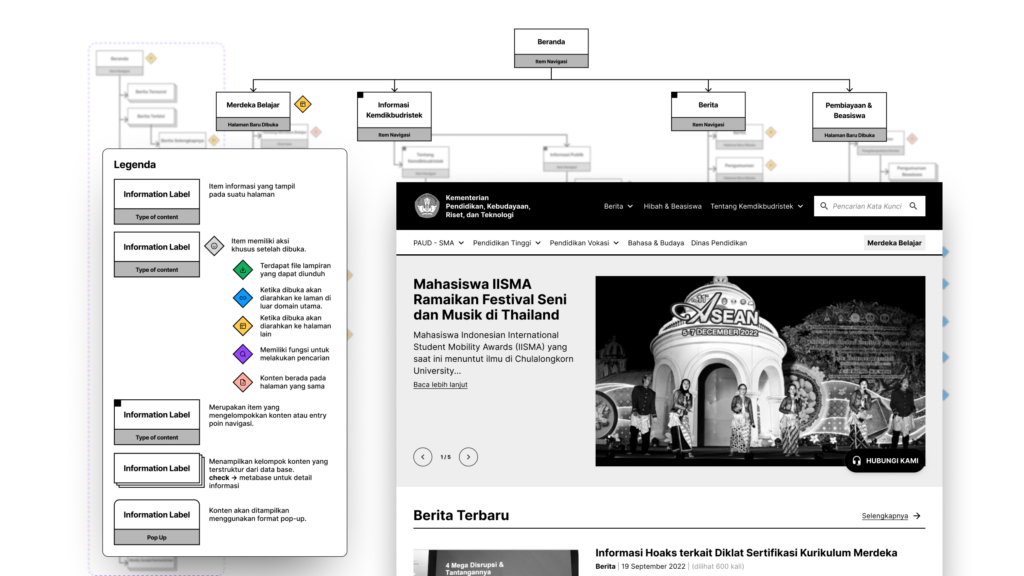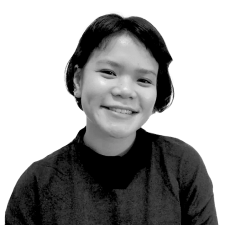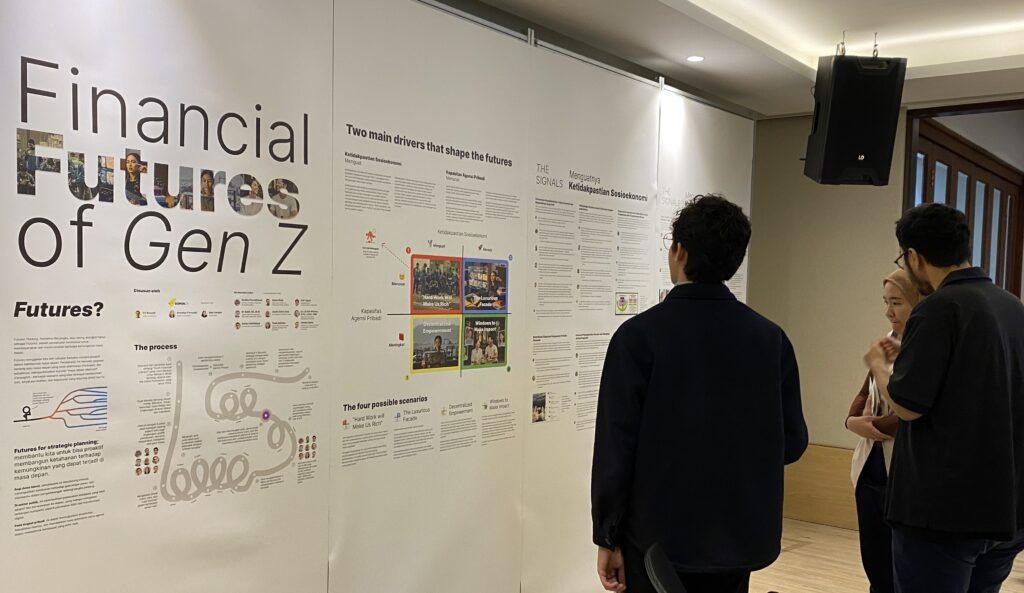
By 2035, Gen Z will be Indonesia’s economic engine. This project use foresights to get a glimplse at their possible financial futures.
Building on our prior research for WWB on Youth Financial Literacy funded by Gates Foundation, enriched by literature studies, field observations, and discussions with 9 cross-disciplinary experts, we are scanning the global, national, sectoral, and local trends that will drive their financial behaviors and shape their future landscape.
The Impact
Our goal of sparking conversations and inspire has definitely been achieved. Majority of the dissemination attendees mentioned to us that the installations has helped them found new ideas and gain new perspective on Gen Z and their possible futures.
As for the impact to the future itself? We’ve all yet to see what 2035 will be.
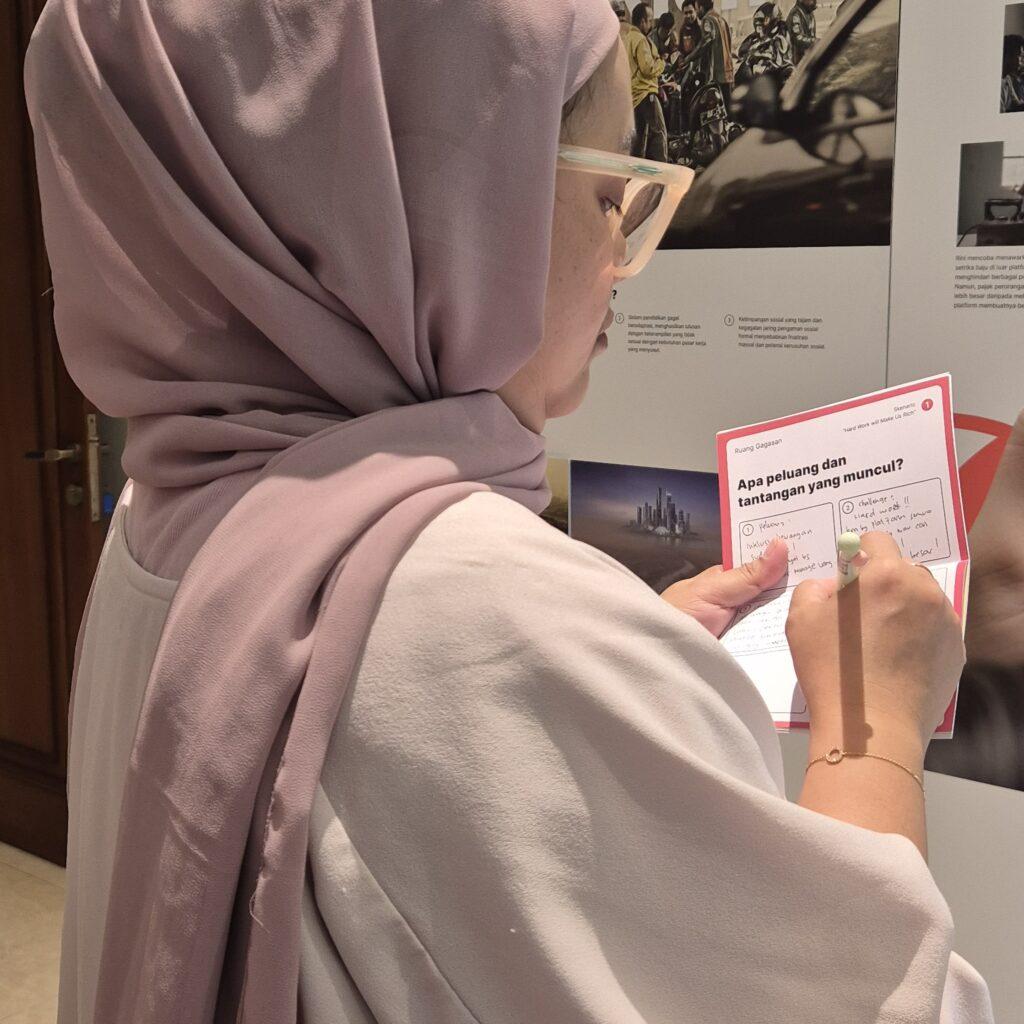
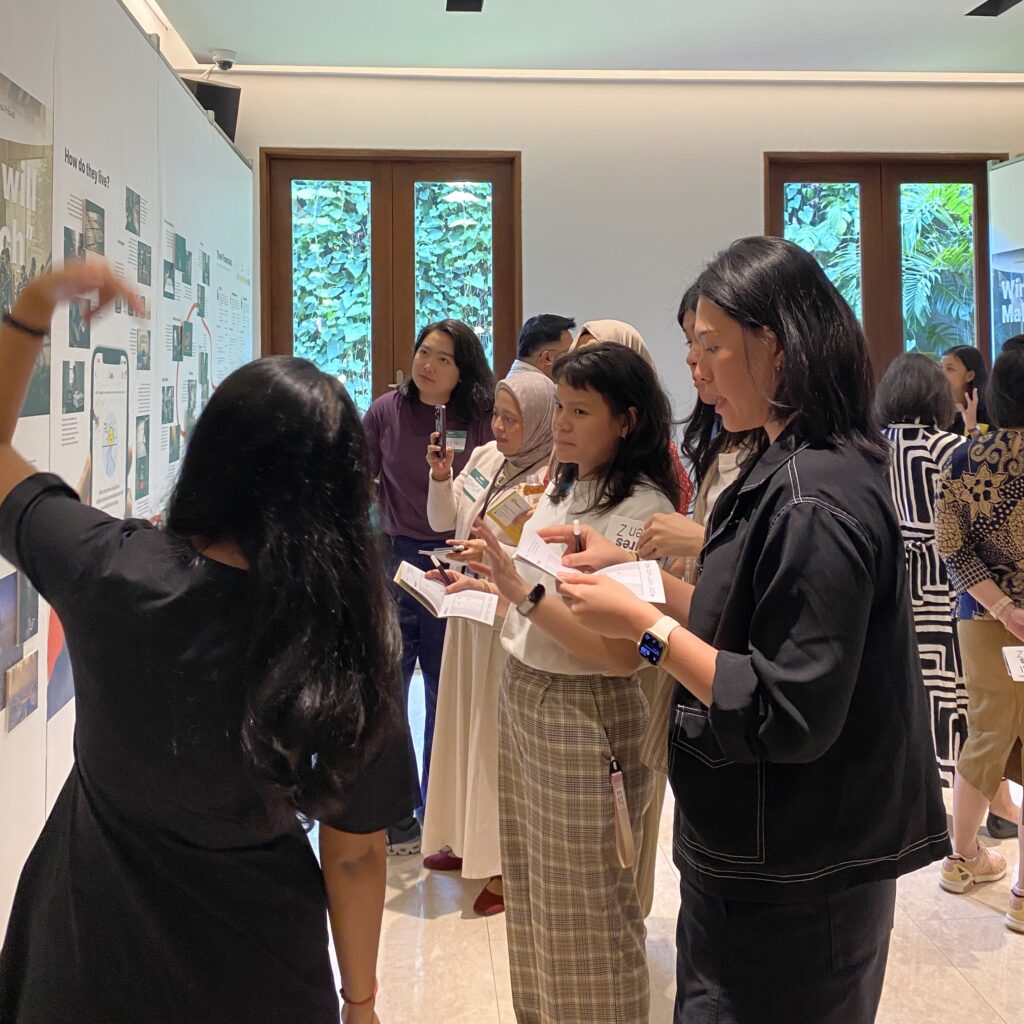

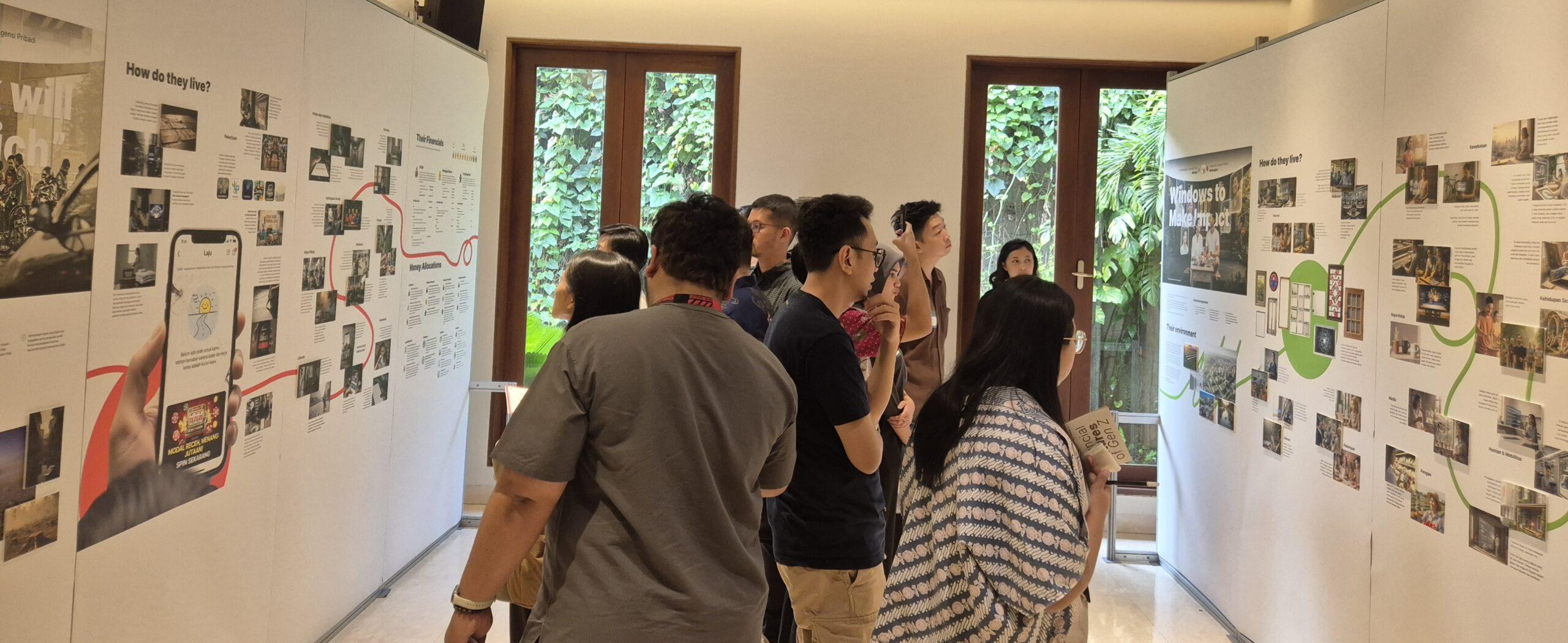
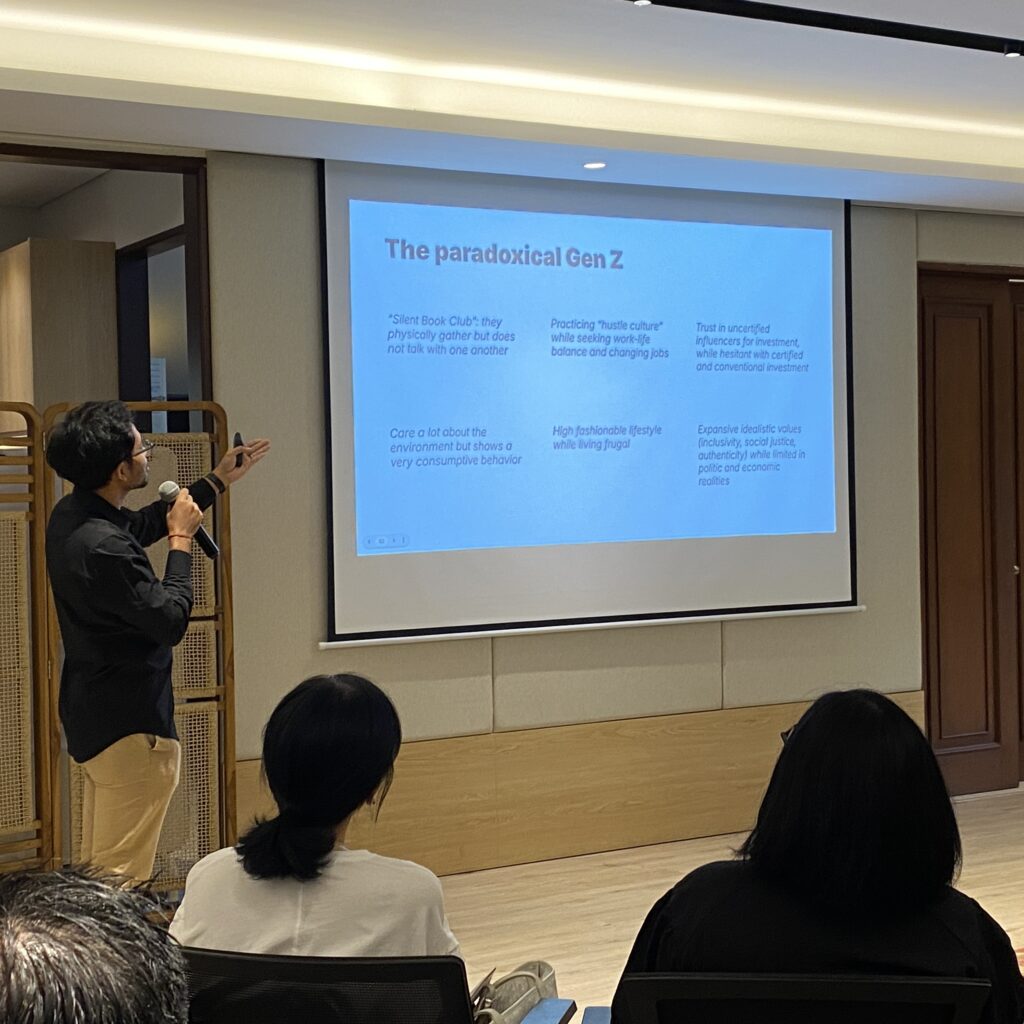
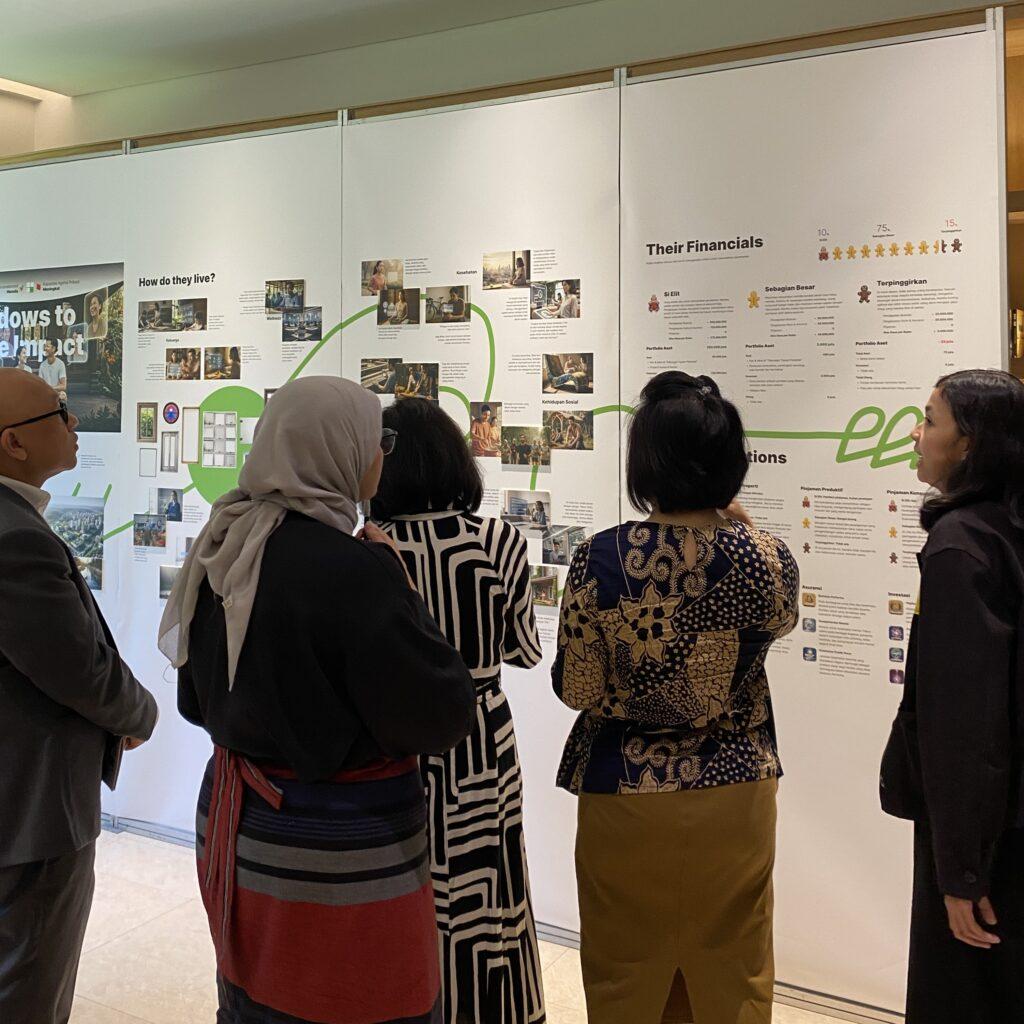
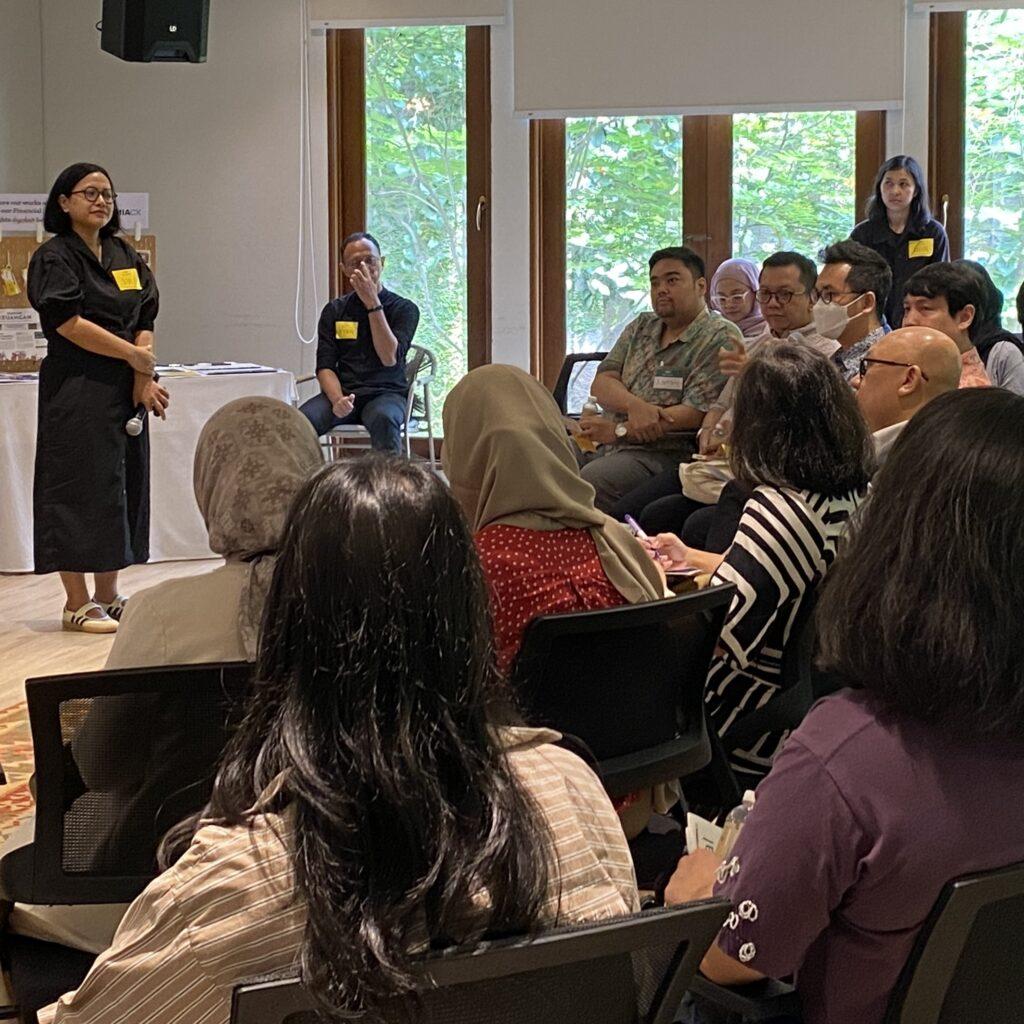
Our Approach
We utilize Futures Thinking, or simply Futures, as a structured approach to imagining and planning for various possible futures of Gen Z.
The project starts from our understanding of the current financial behavior of Gen Z. We then “listen” to multiple different forms of signals, from those we observe ourselves, those we can found in literatures, and through experts eyes to understanding the political, economical, social, technological, lifestyle, and environmental landscapes.
These understandings are then synthesized to find the emerging main drivers that affects the futures of Gen Z’s financial behavior and mapped into four distinct possible scenarios. Finally, we showcase the scenarios in the form of installations to evoke conversations and inspire actions.
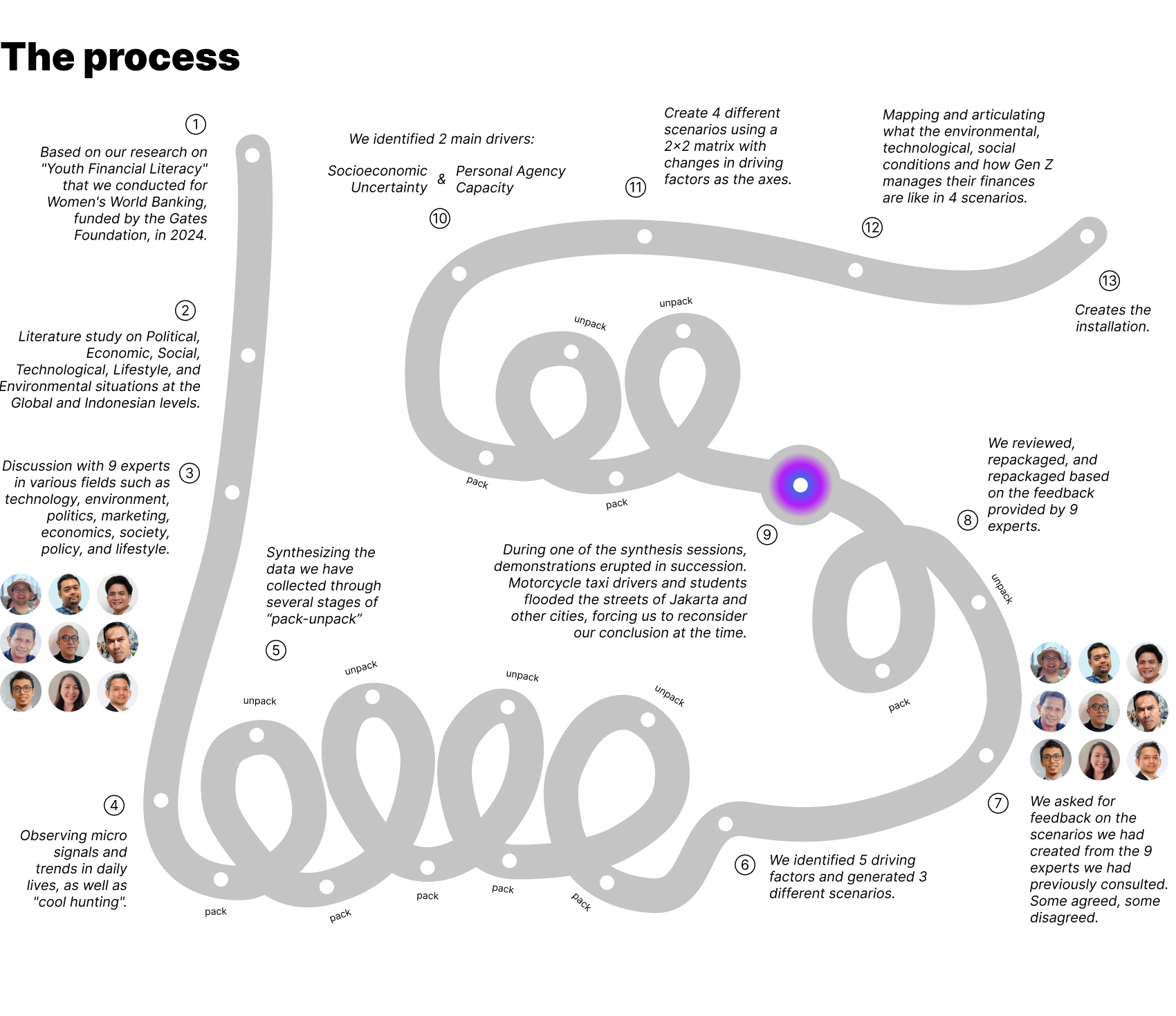
Our Journey and Process
Gathering the Signals and Trends
We enhance our understanding from our previous study on Youth Financial Literacy by doing lots of literature studies, visiting Gen Z’s hangout places and interview them, as well as talking to nine experts on multiple different fields to collect signals and trends that may affect Gen Z’s financial futures.
Synthesize the Findings
We do multiple rounds of synthesize, packing and unpacking the vast amount of data that we’ve collected from the step before to gain insights. We looked at the data from multiple angles to find interesting perspectives that we can use.
At the end of this rigorous activity, we came up with 5 different driving factors and generated 3 different future scenarios.
Feedbacks from the Experts
We talked to the Experts again to see if the futures that we provided aligned with their observation of the phenomenon today. Some of them agree and some disagree to the scenarios that we provided.
Resynthesize and reformulate
We did another round of synthesizing processes, repacking and reunpacking the data. Through these series of syntheses, we found the two main drivers and generated four distinct possible future scenarios from them.
In the middle of this round of syntheses, demonstration erupted in Jakarta and multiple other cities of Indonesia, showing strong agencies among Gen Z. This inspires us to rethink and reconsider our thoughts on the main drivers of their behavior.
Detailing the Emerging Scenarios
Having four scenarios, we build the world of each scenarios; we mapped the political, societal, environmental, technological, and economical situation; we imagined how Gen Z will live and how they’d behave in each scenario; we consider their source of income and how they spend their money as well as what products may emerge.
Diseminating the Work
Installations are made so that the viewers can immerse in each future scenarios. We run two dissemination sessions and guide the participants to identify what actions they can take today given the four future possibilities.

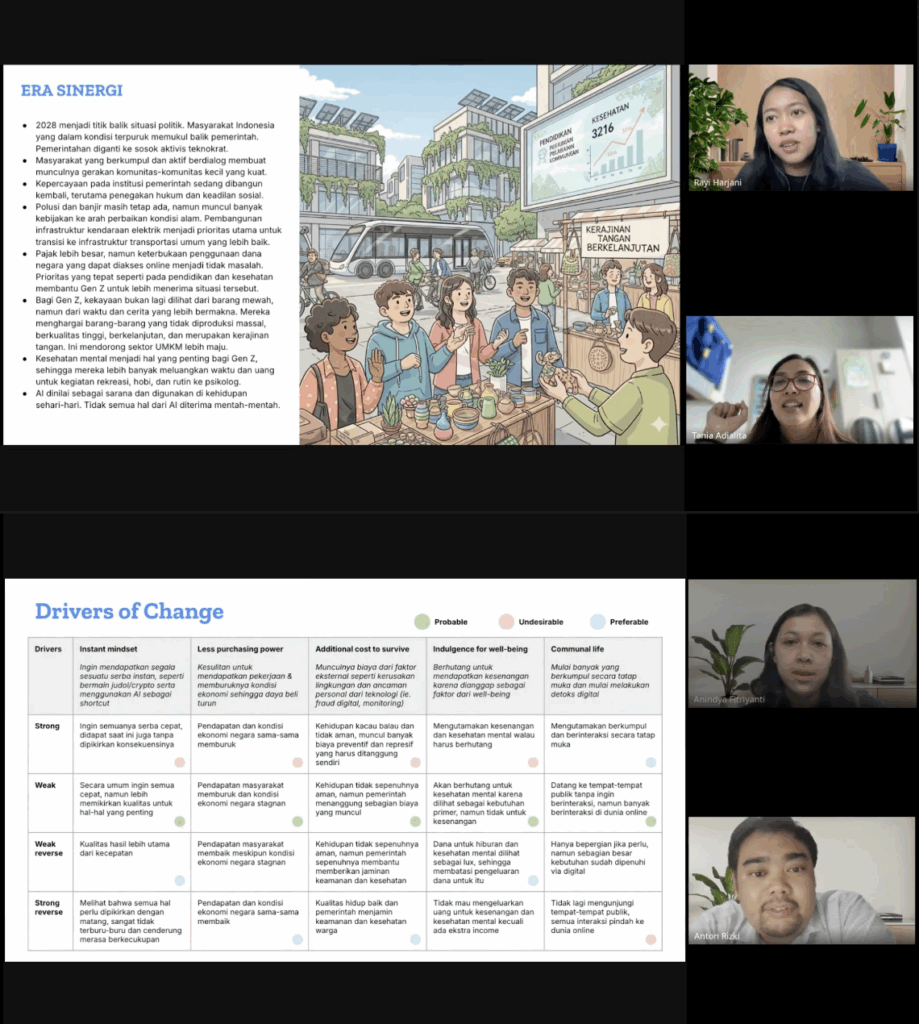
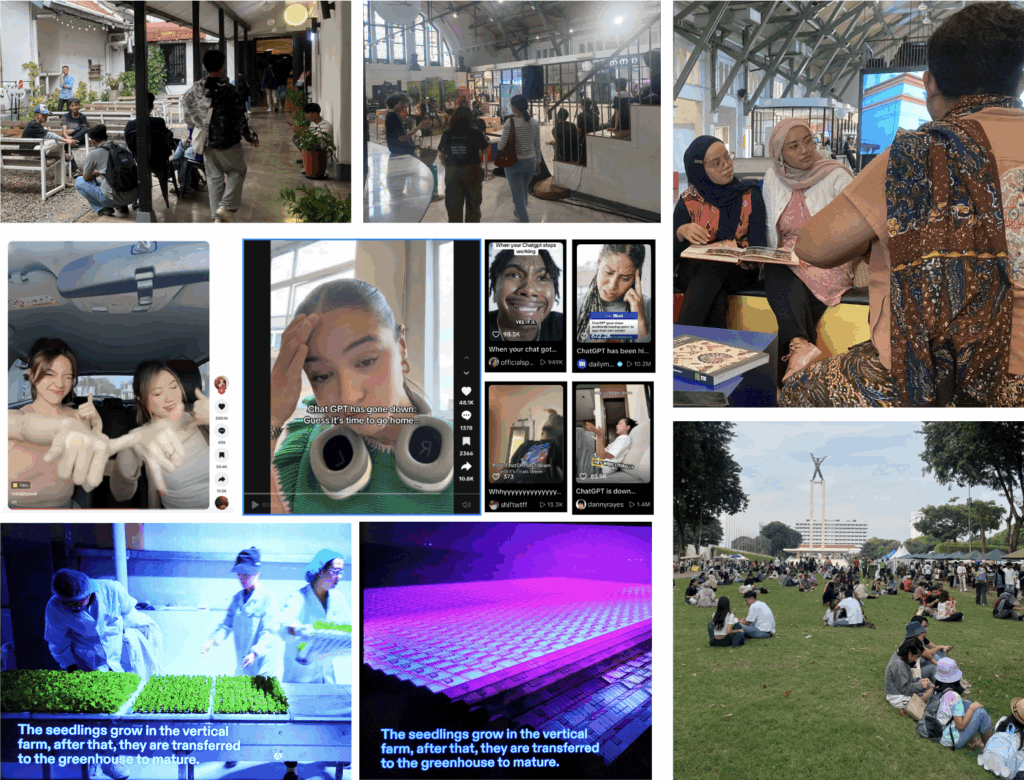
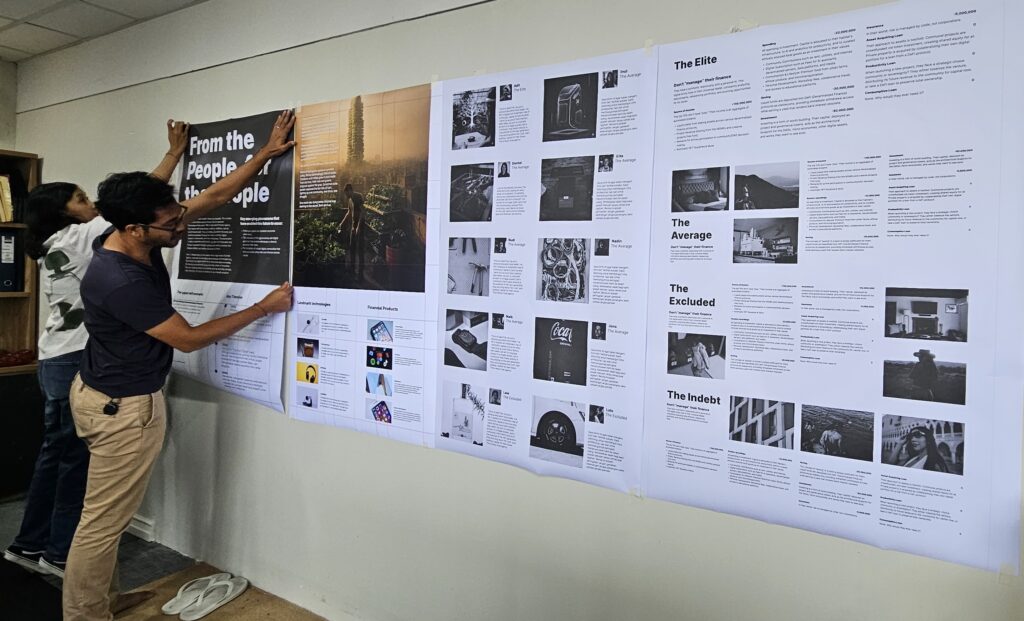
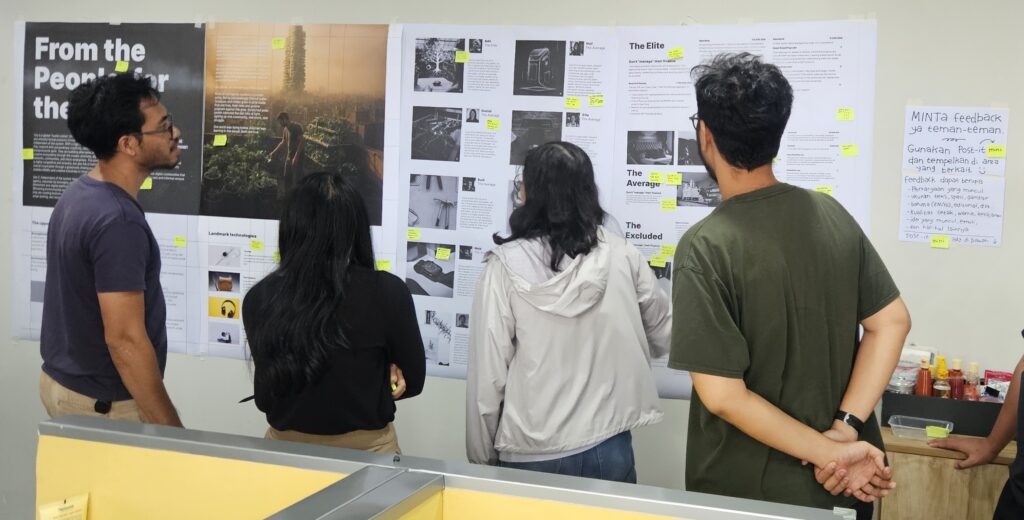
The Results
Five installations and a complementary booklet are made:
- A complementary booklet that’s given to the dissemination attendees to guide them in interacting with the installation and come up with action items given the four possible future scenarios
- An overview panel introducing the two main drivers as well as the four scenarios that emerges from the research. The panel also contains the process and relevant signals of the two main drivers.
- Four panels of scenarios, each detailing the future’s environment, how we end up in that future. We also provide ten focal points on how Gen Z live in each scenario (such as housing & mobility, family, health, work, wellness, etc.), and what will their financial situation and behavior looks like (income, expenses, loan, investment, insurance).
The Project Authors
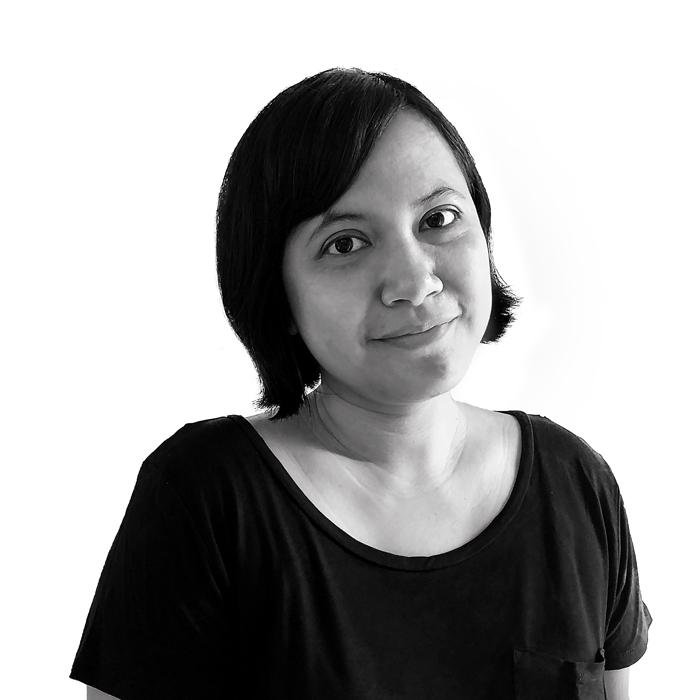
Ketut Sulistyawati
Advisor

Anindya Fitriyanti
Author
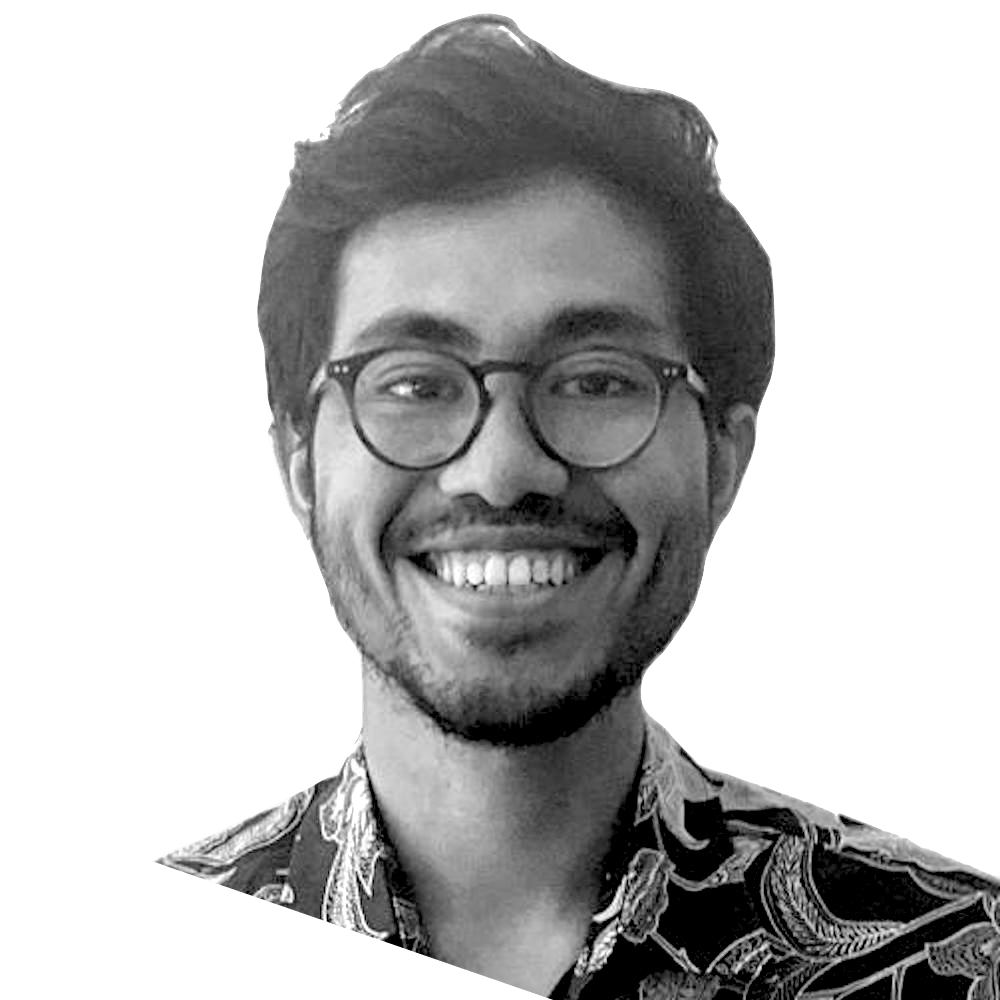
Fri Rasyidi
Lead Author

Rayi Harjani
Author
See more our similar works
Collaborate with us!
Looking for ways to transforming your business?
Get in touch with us!
